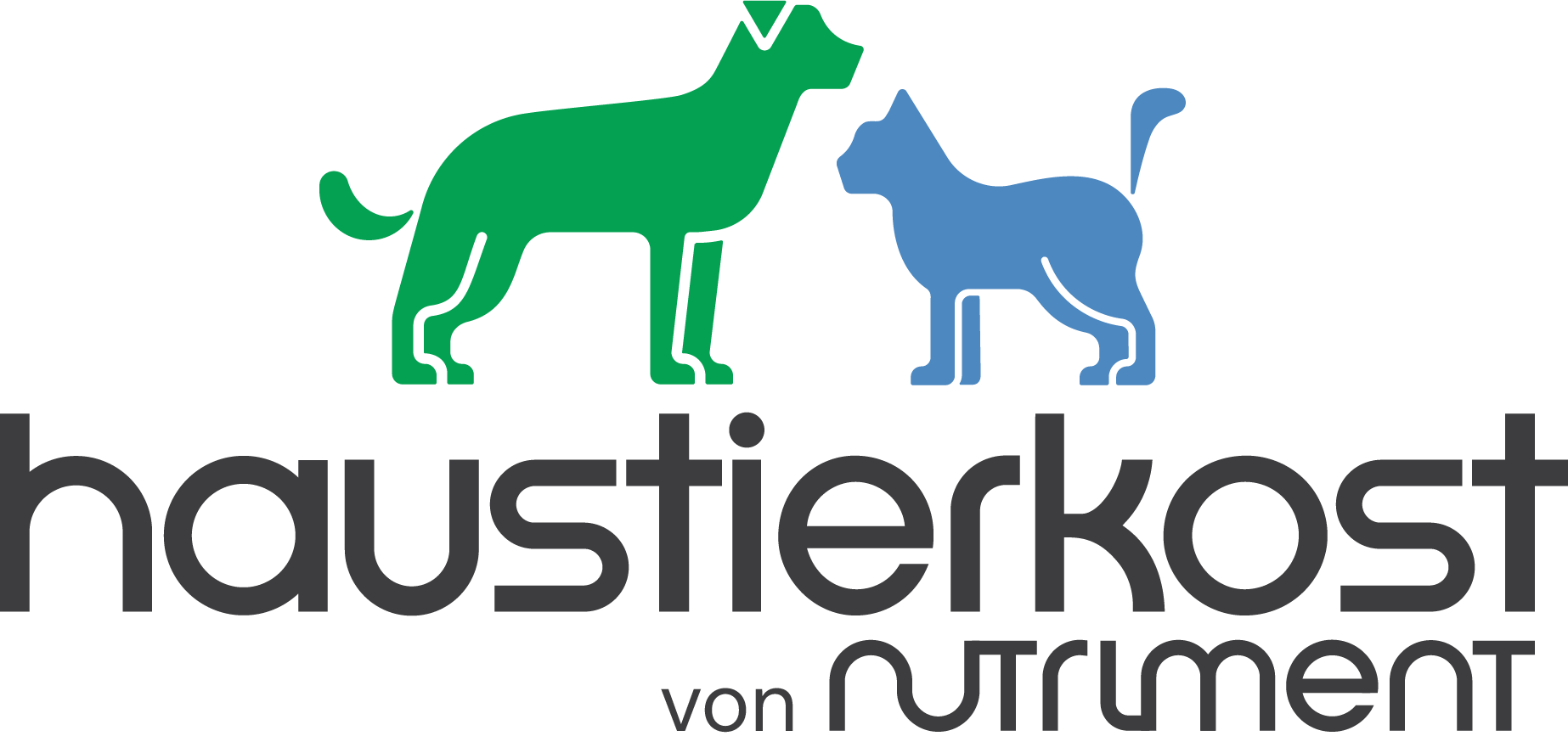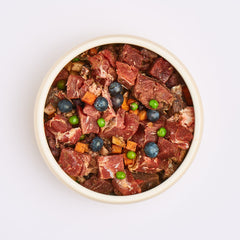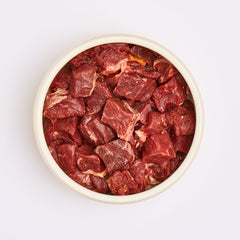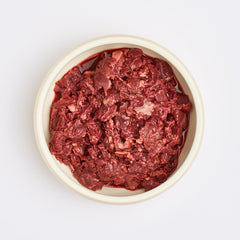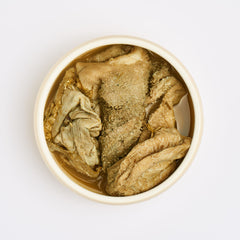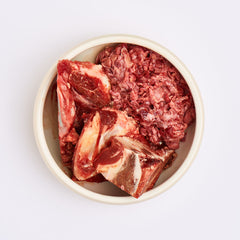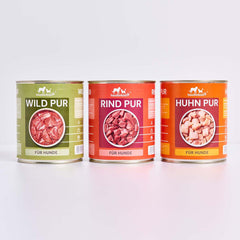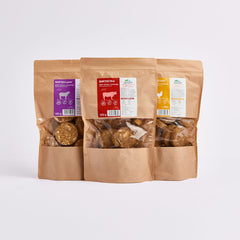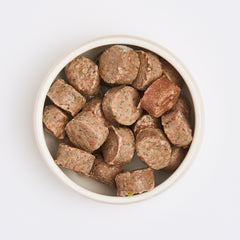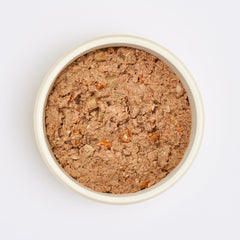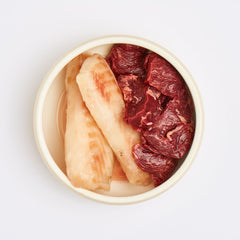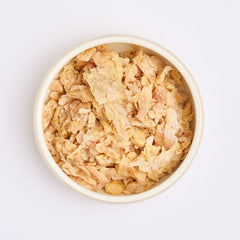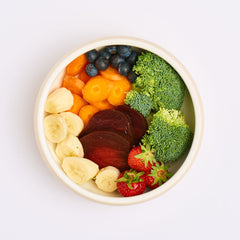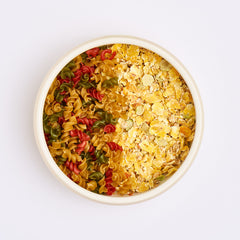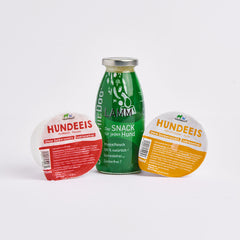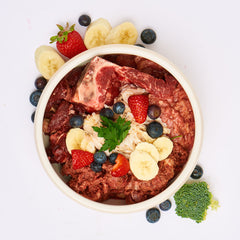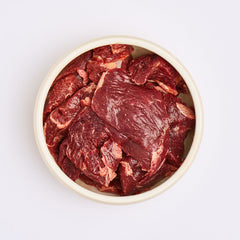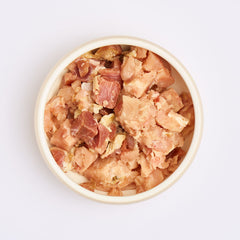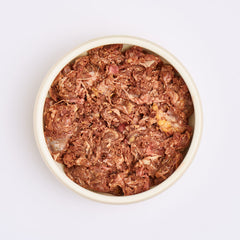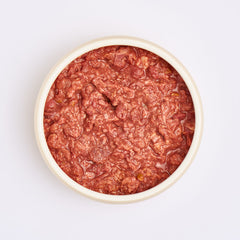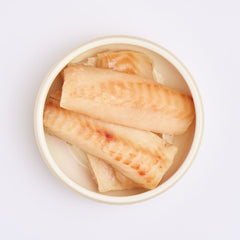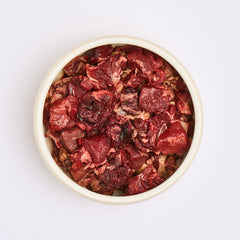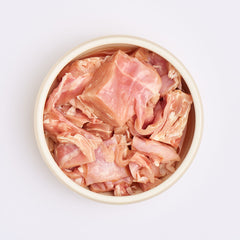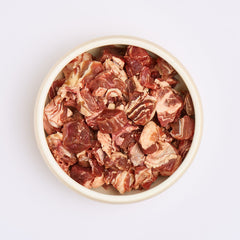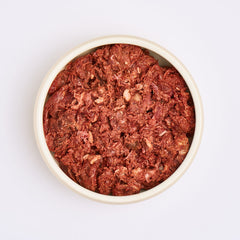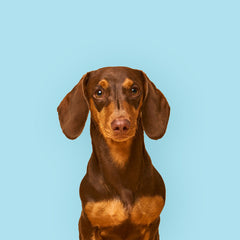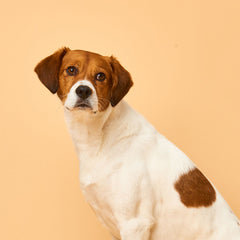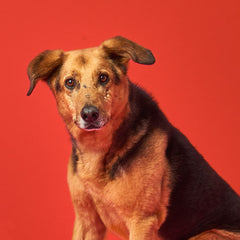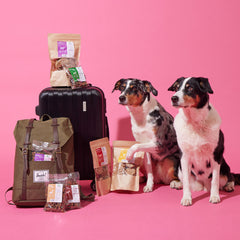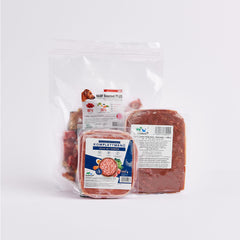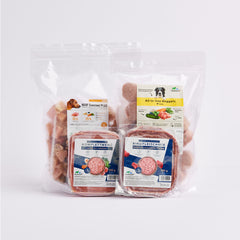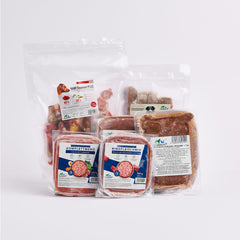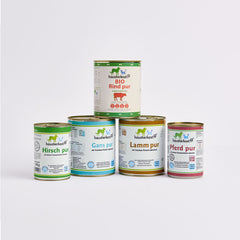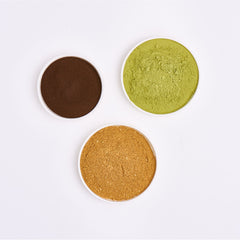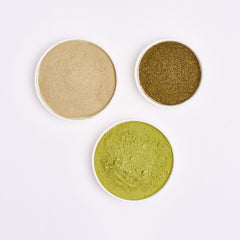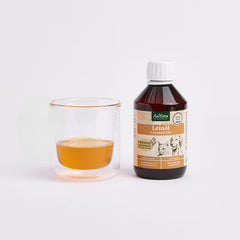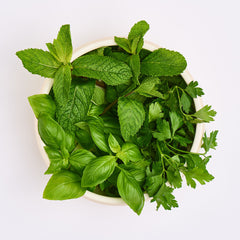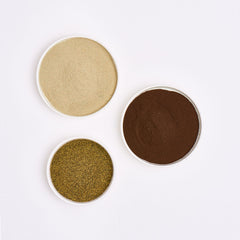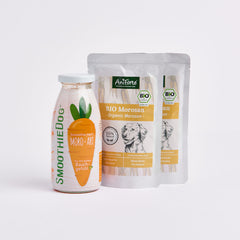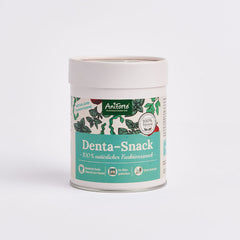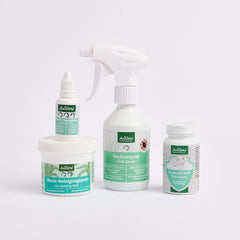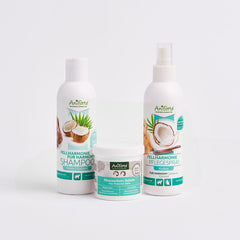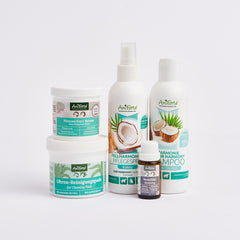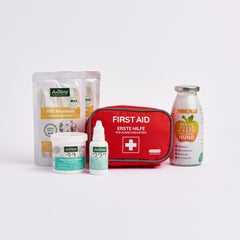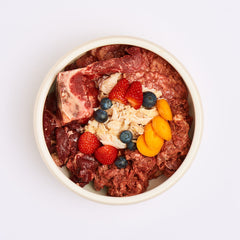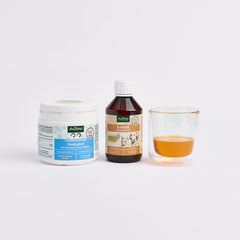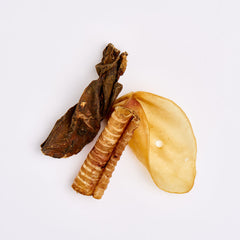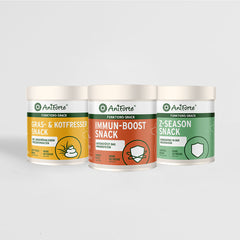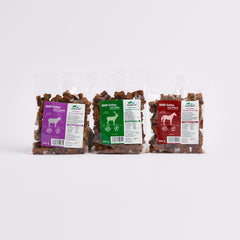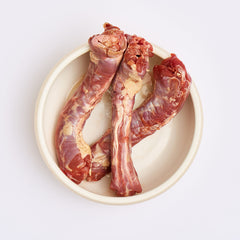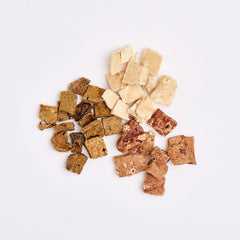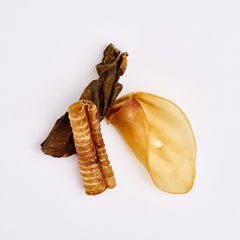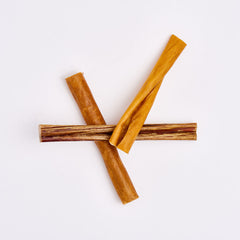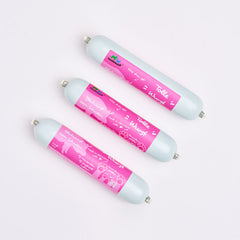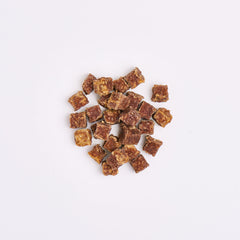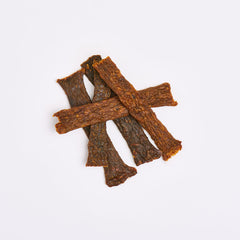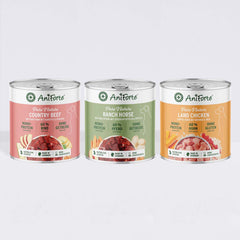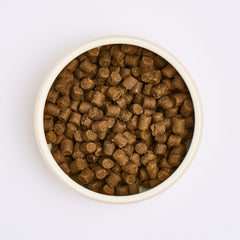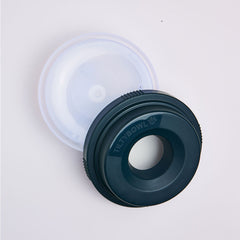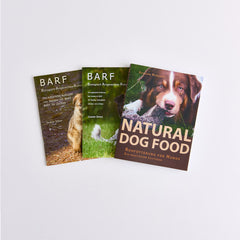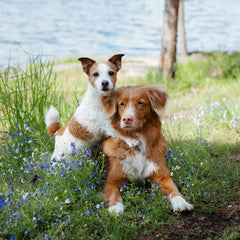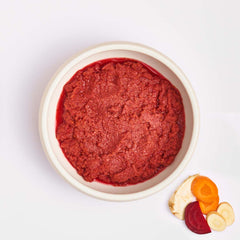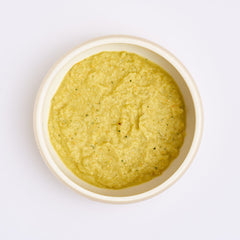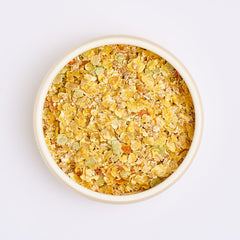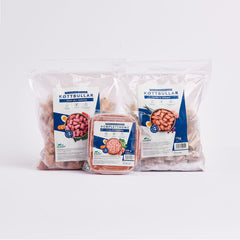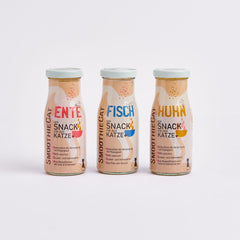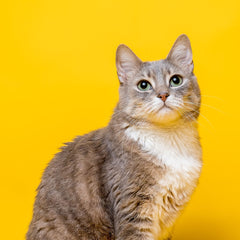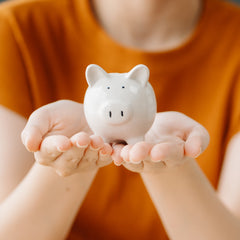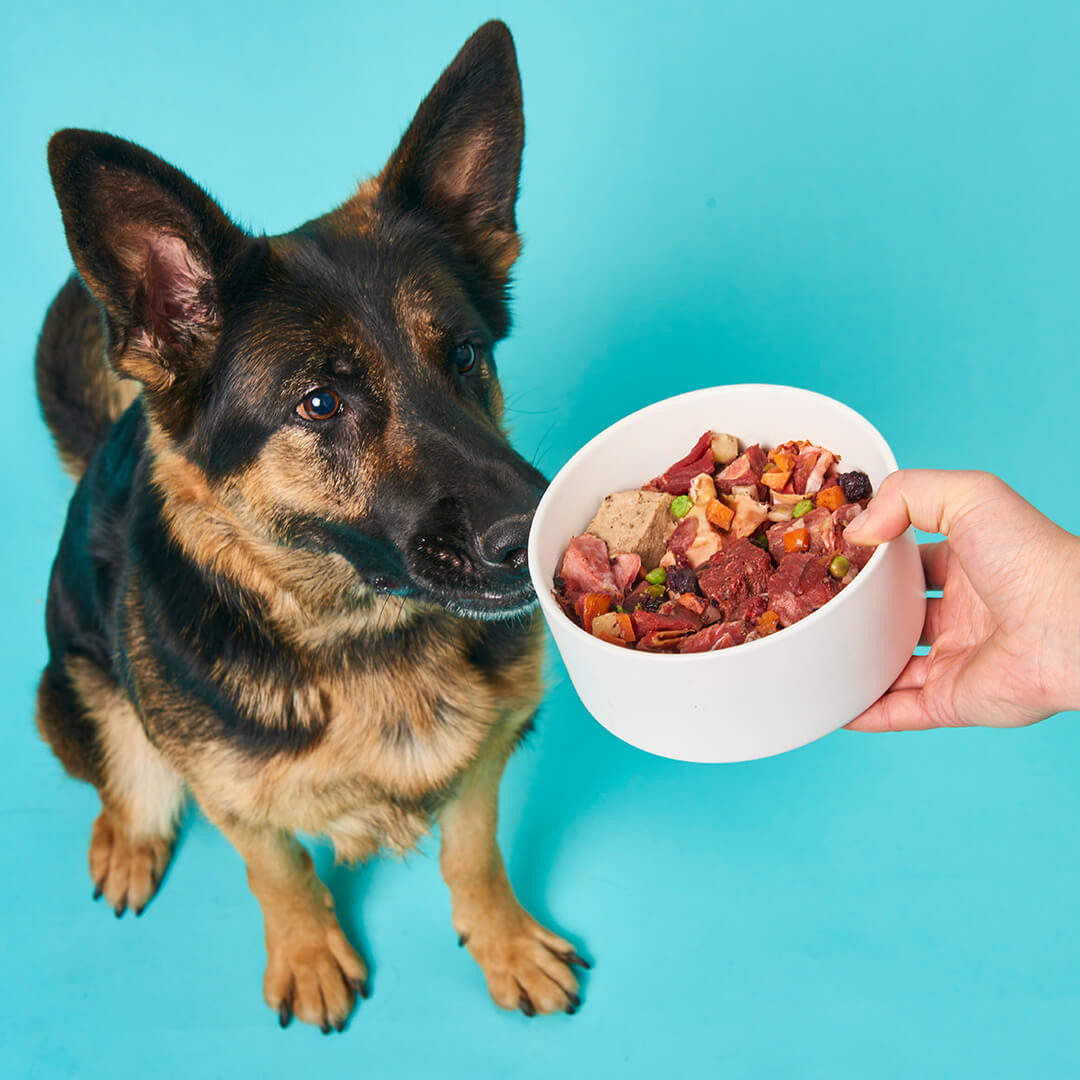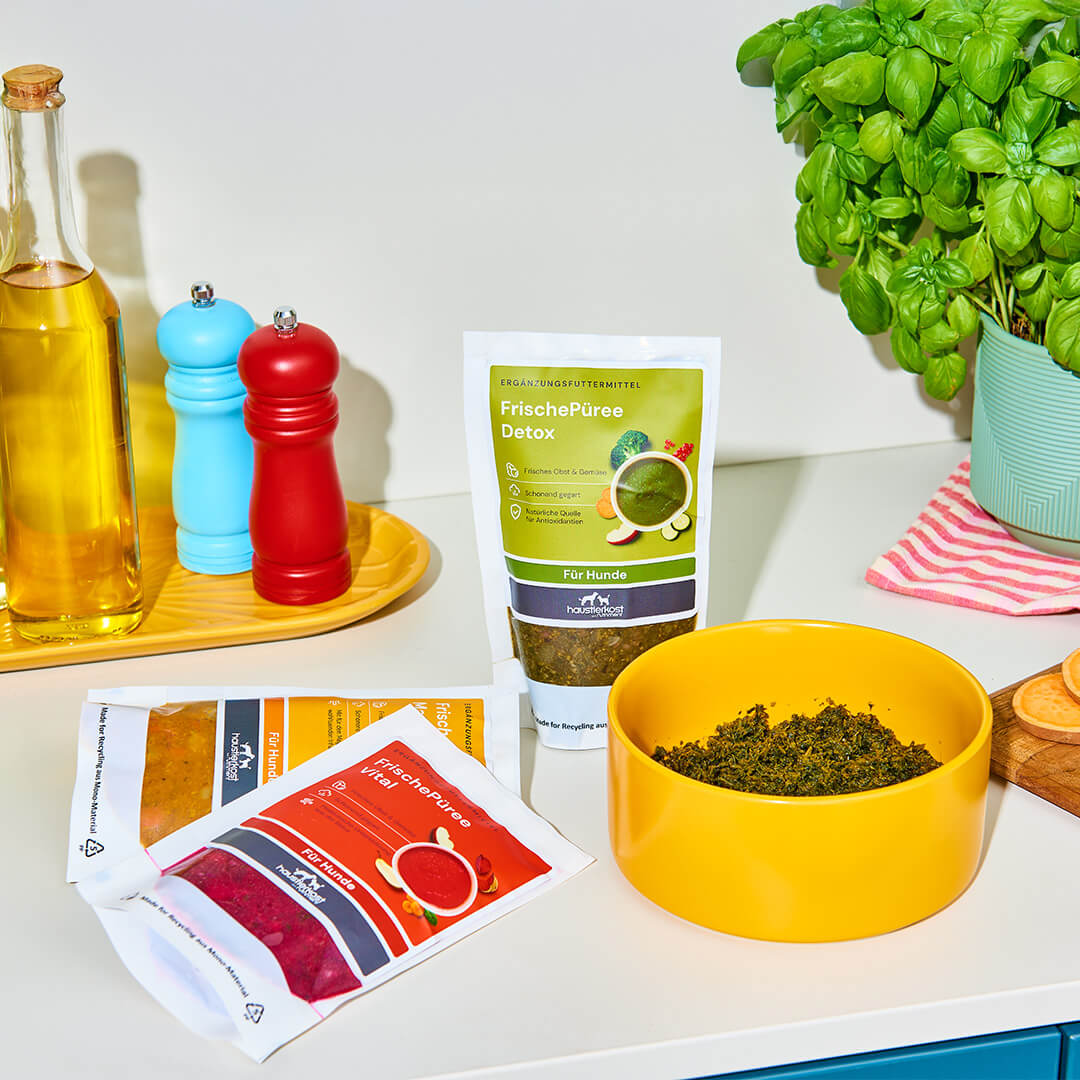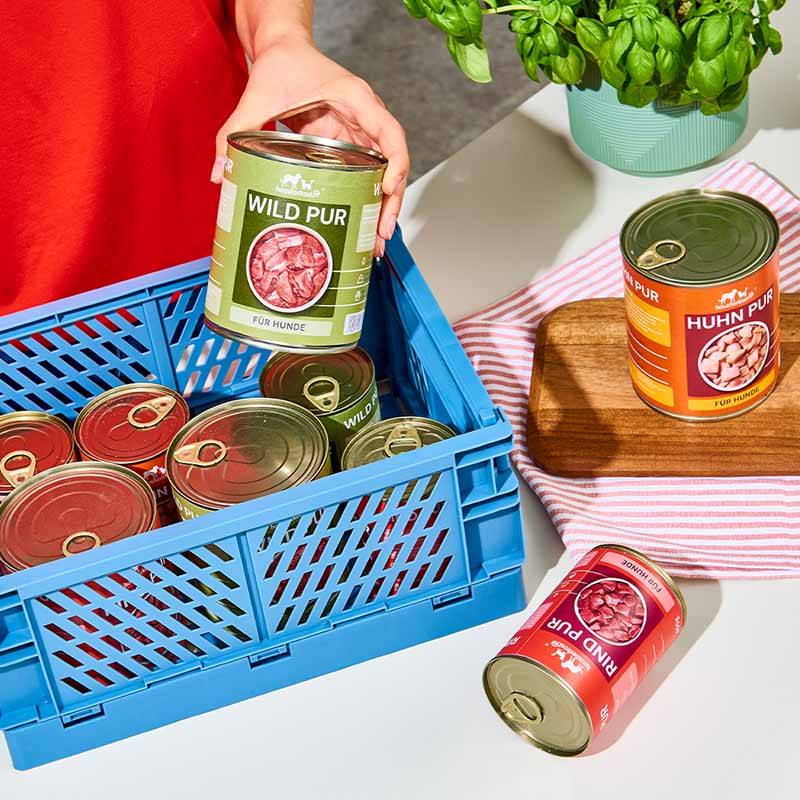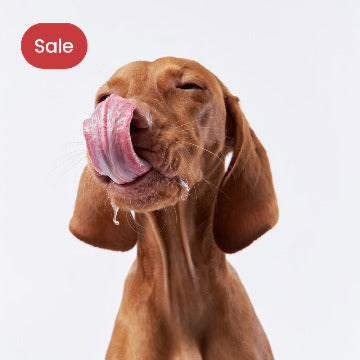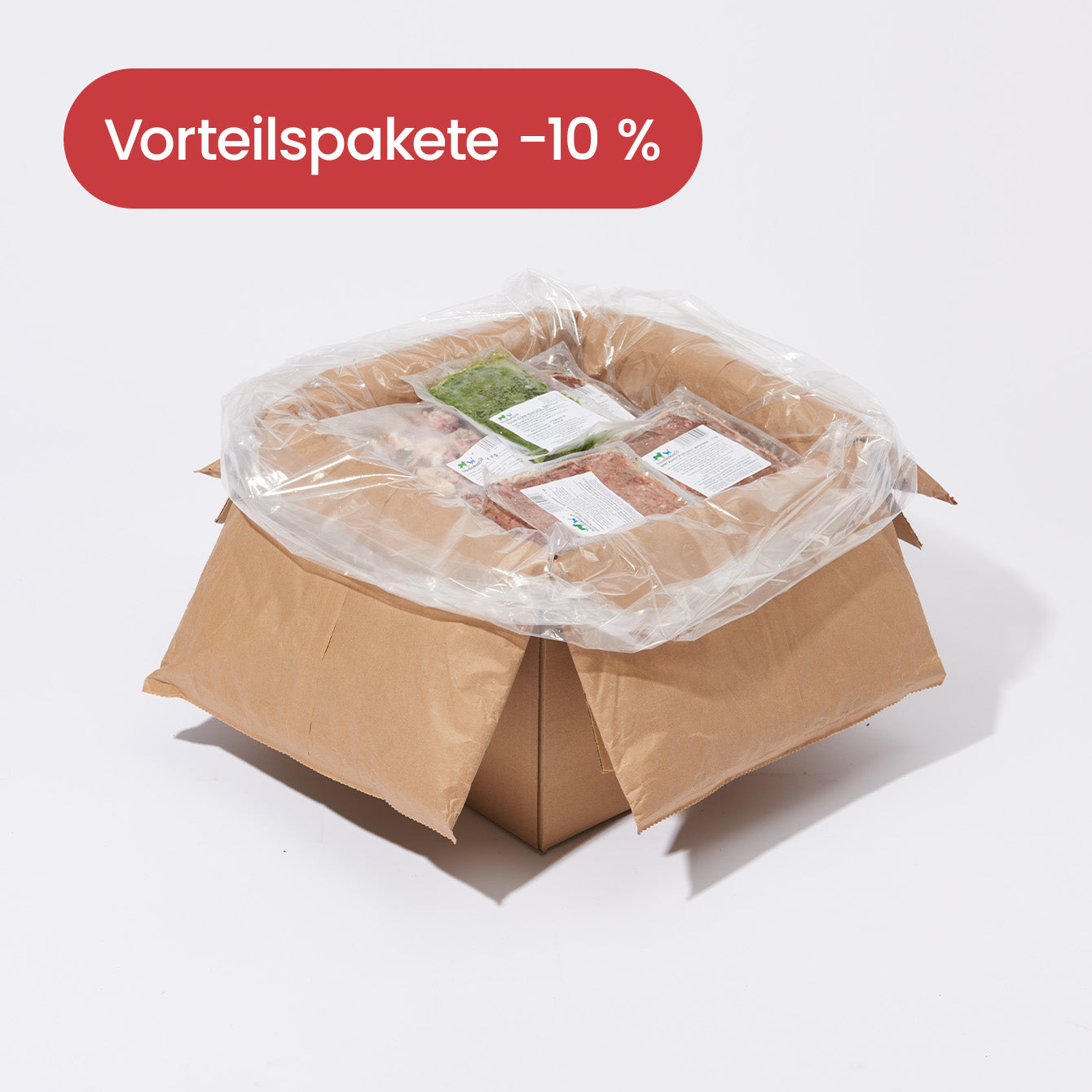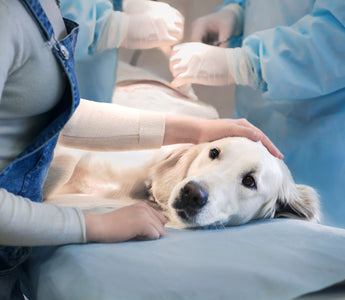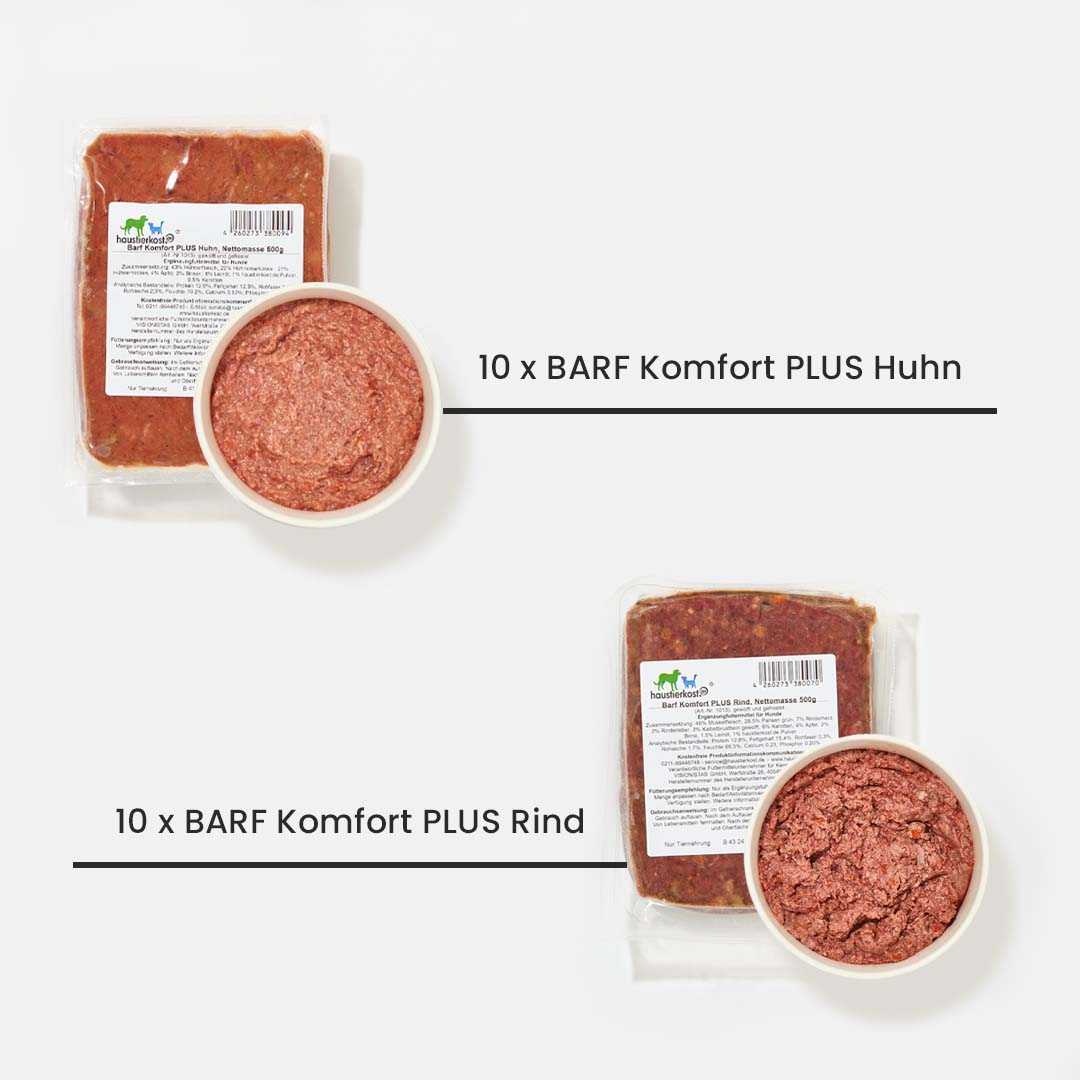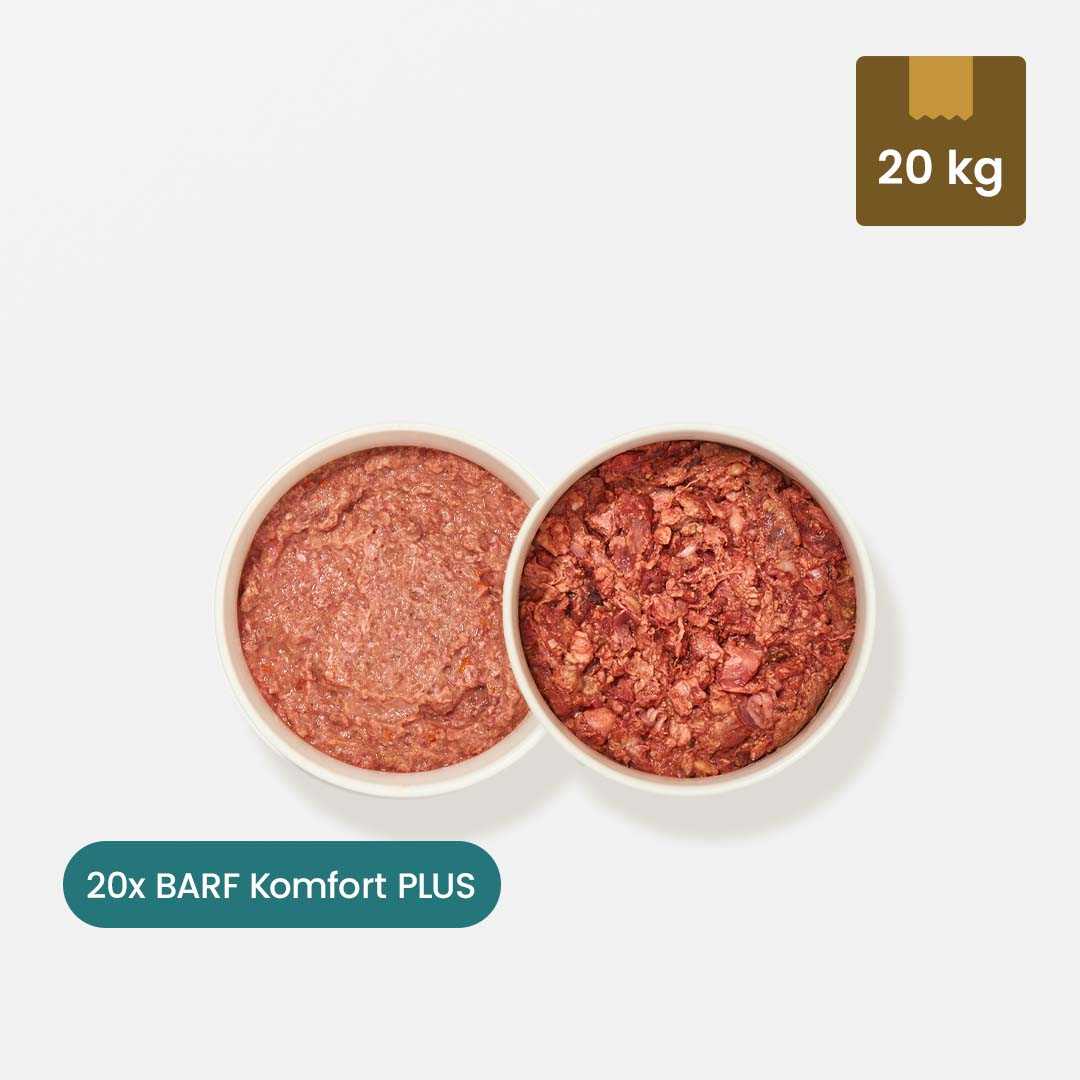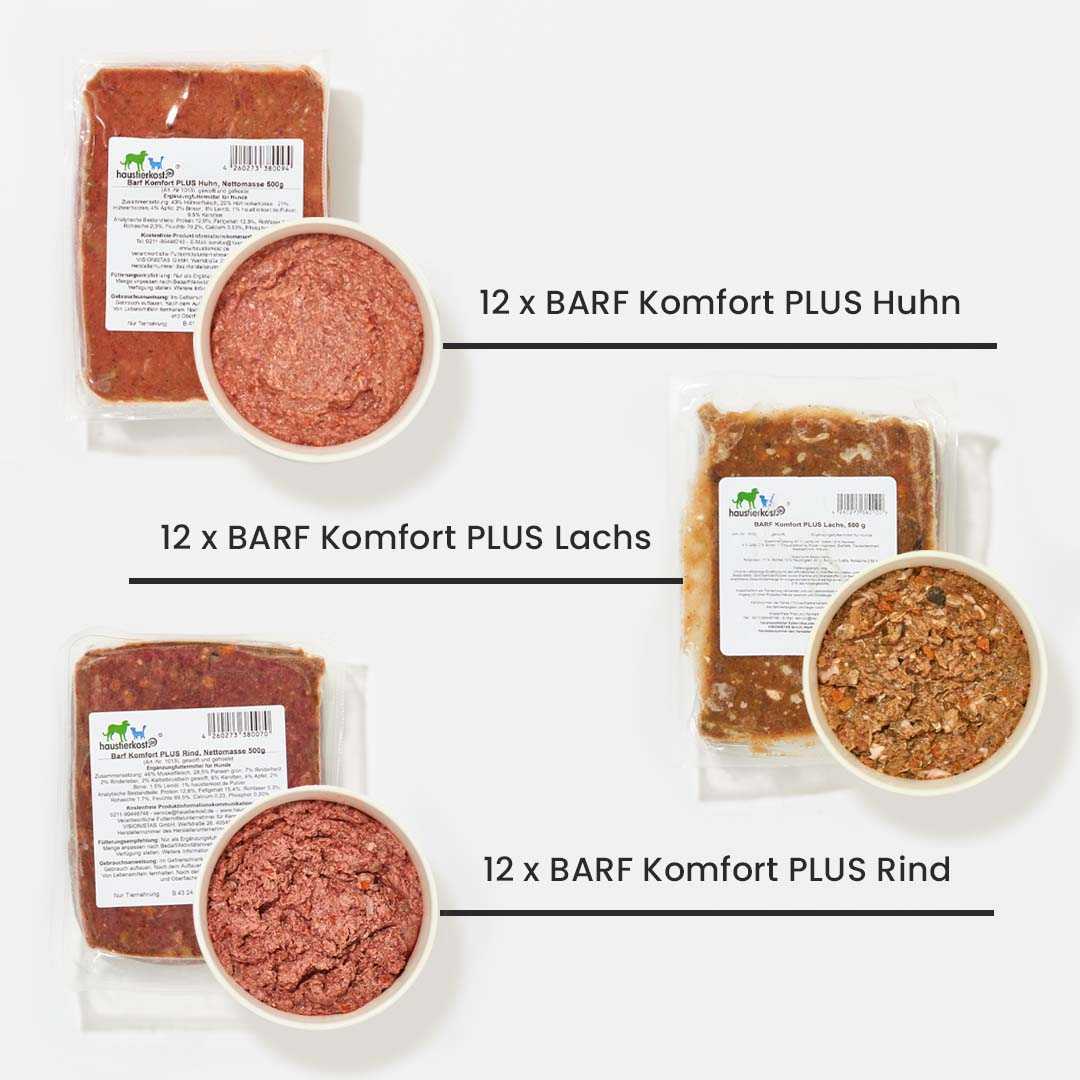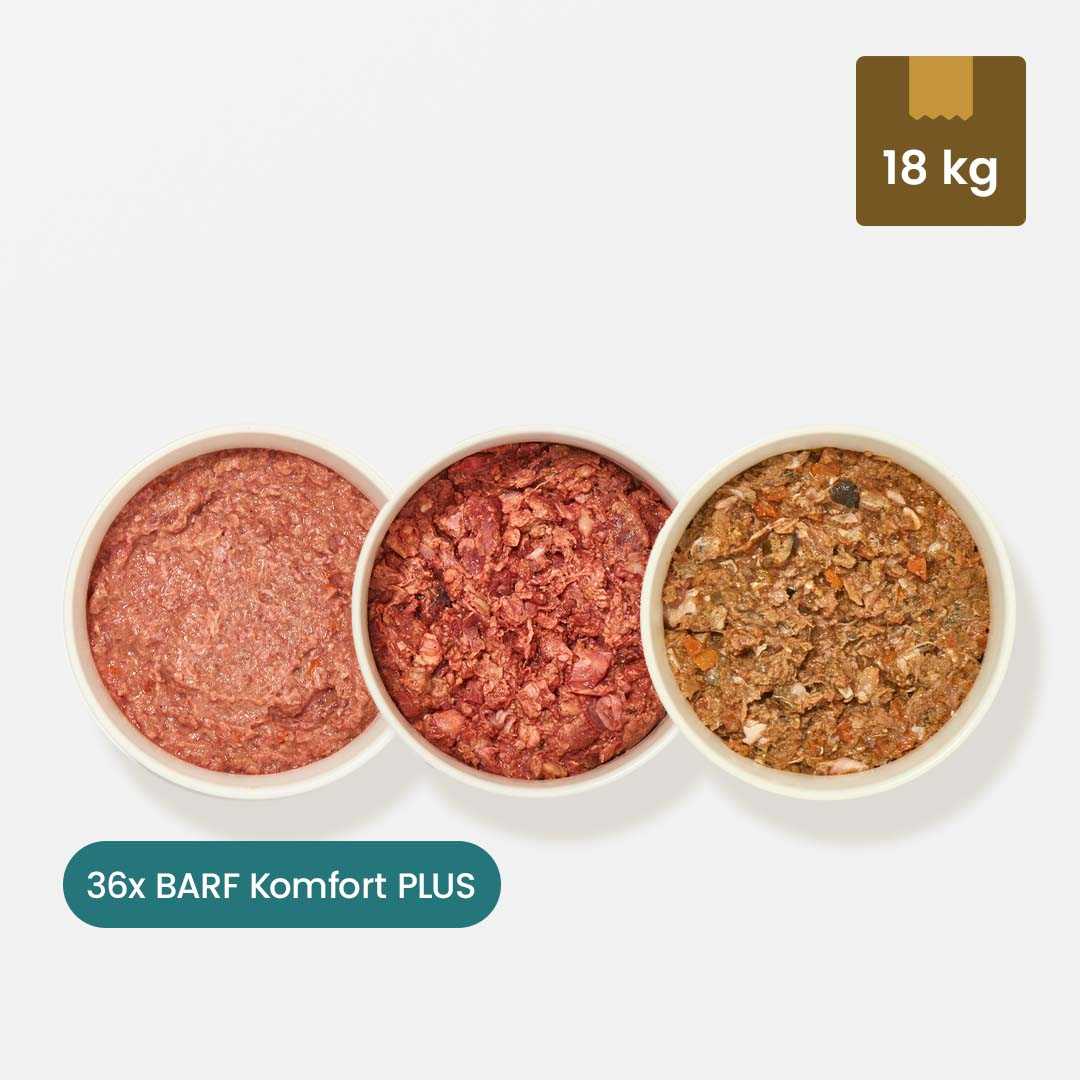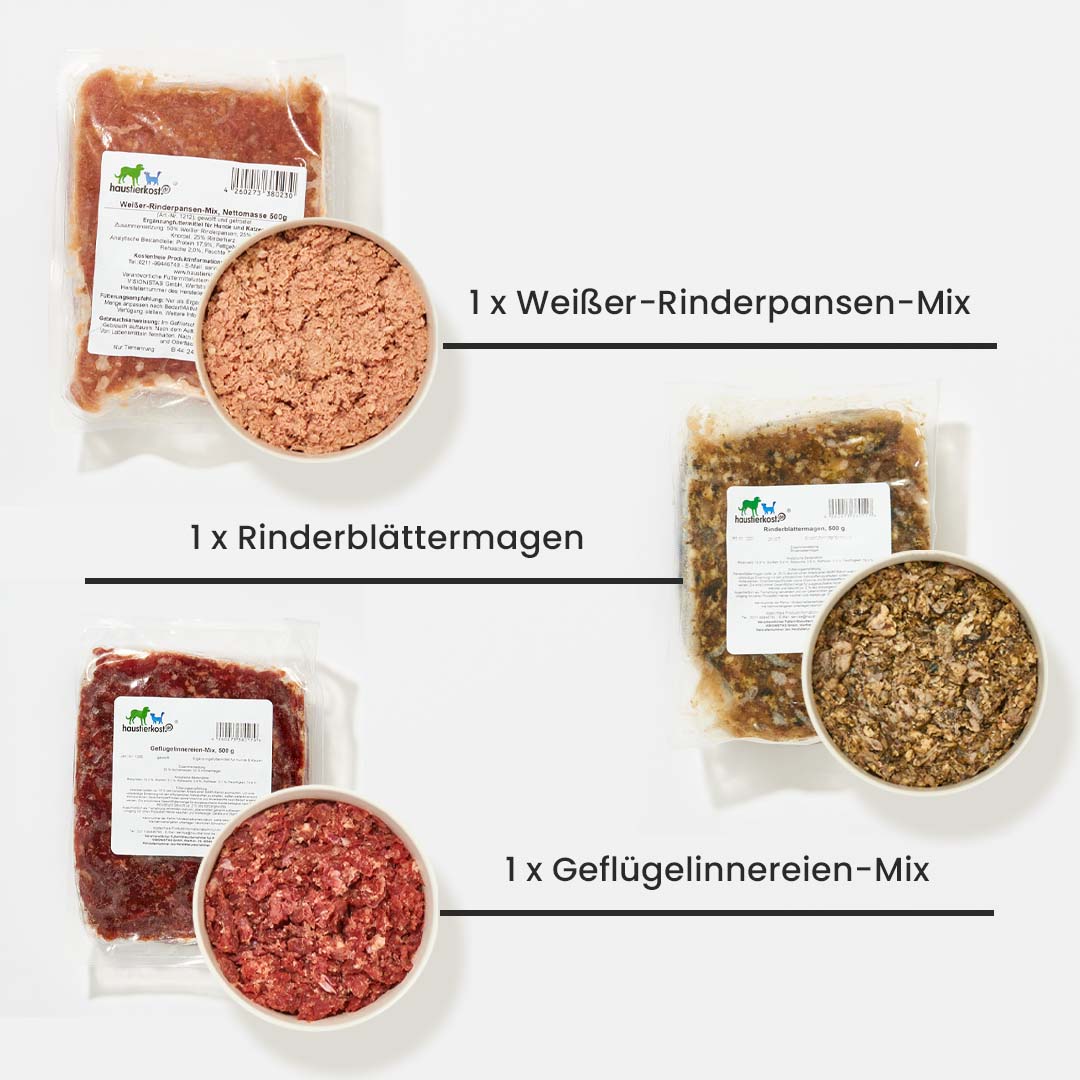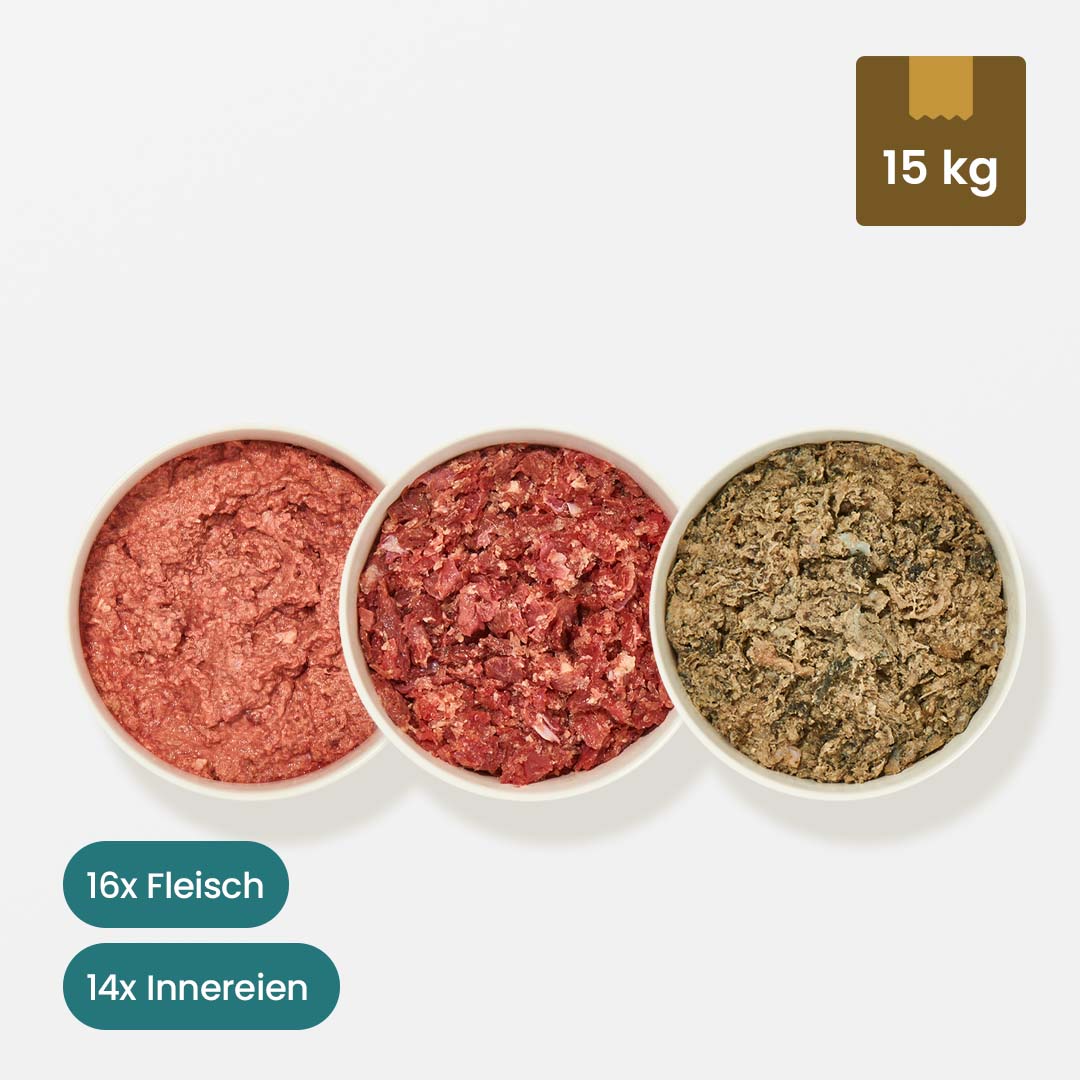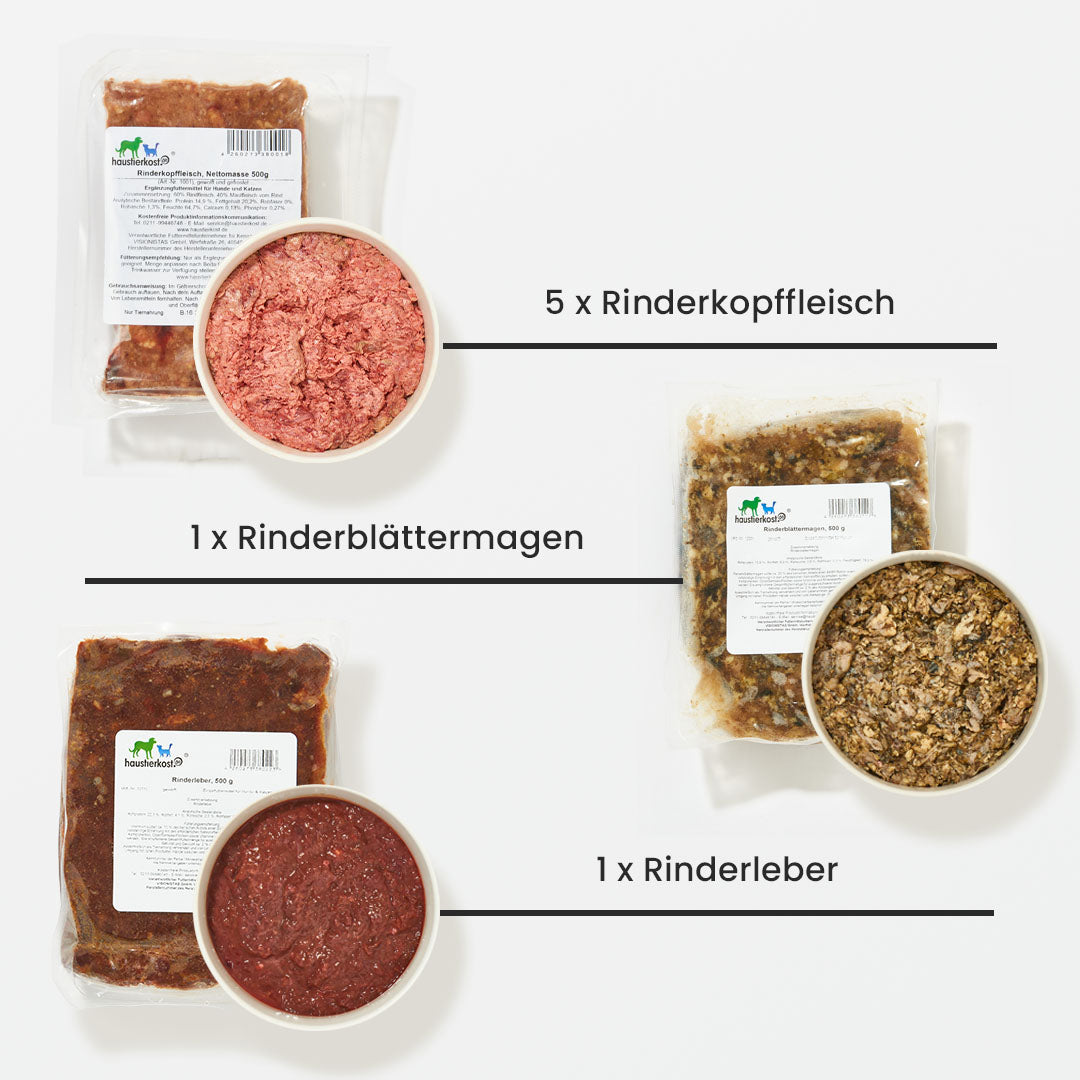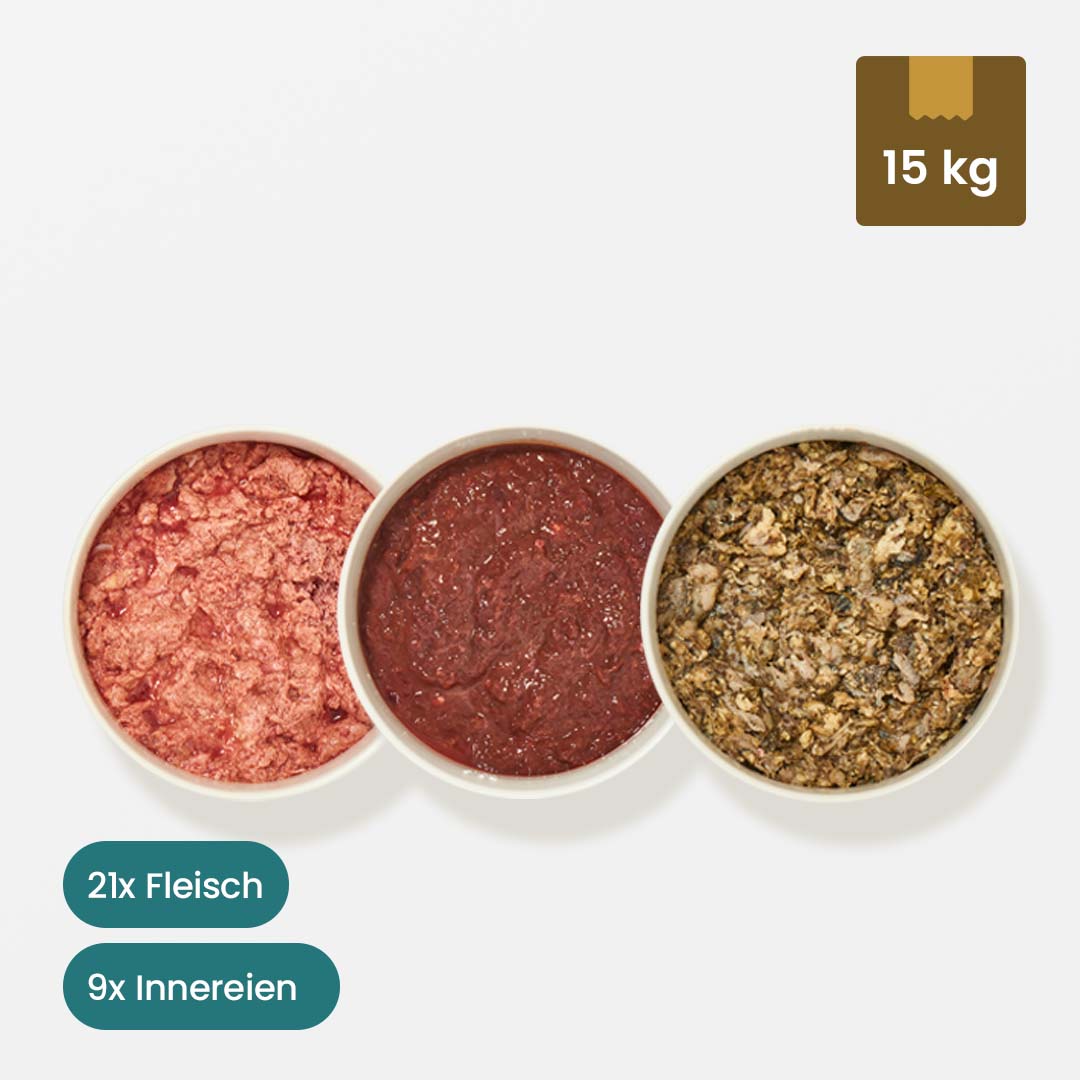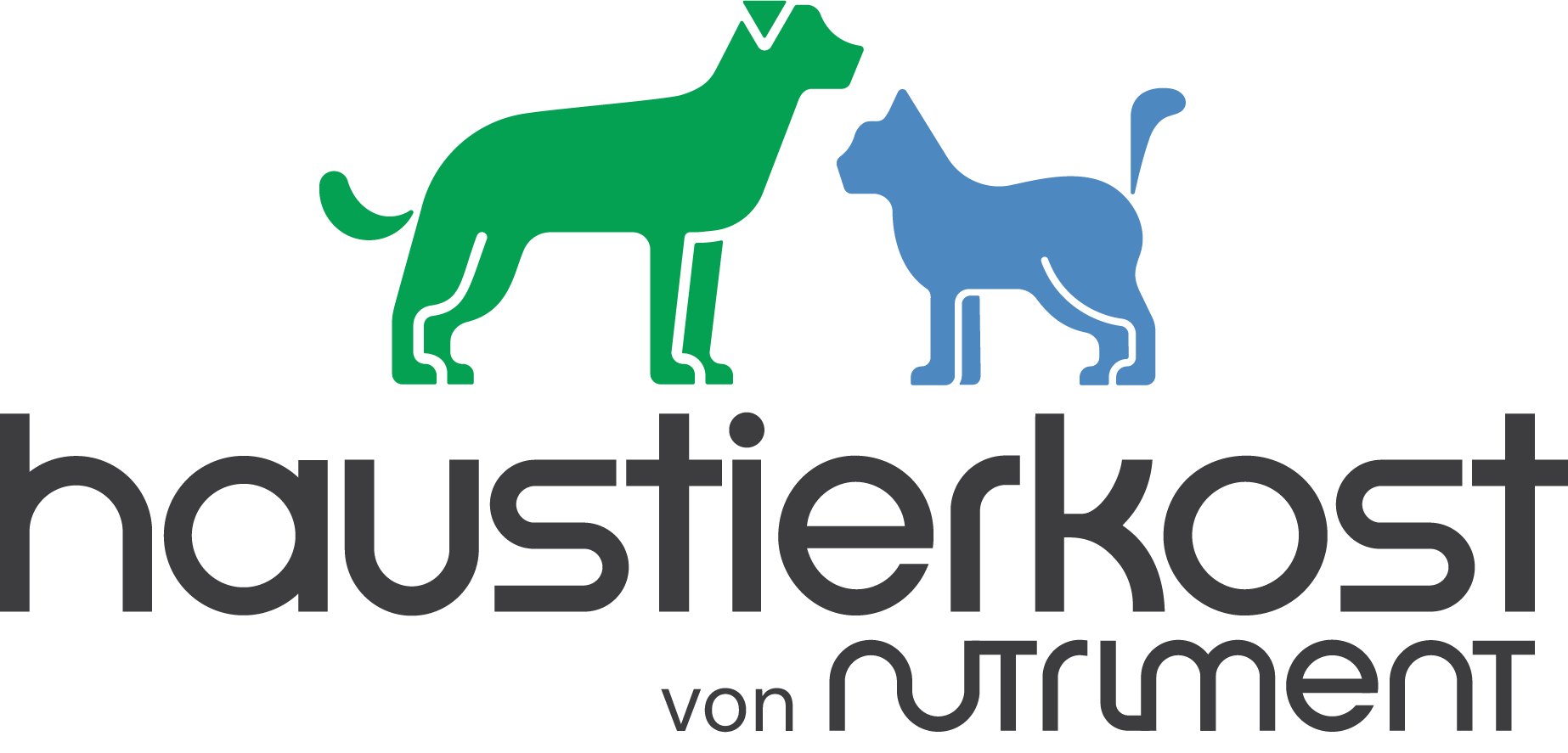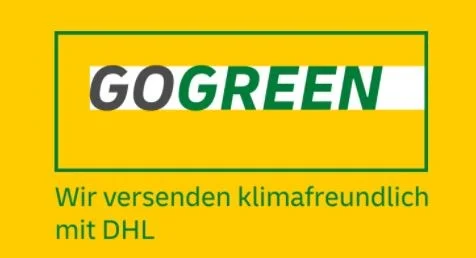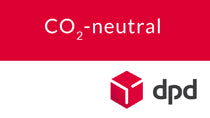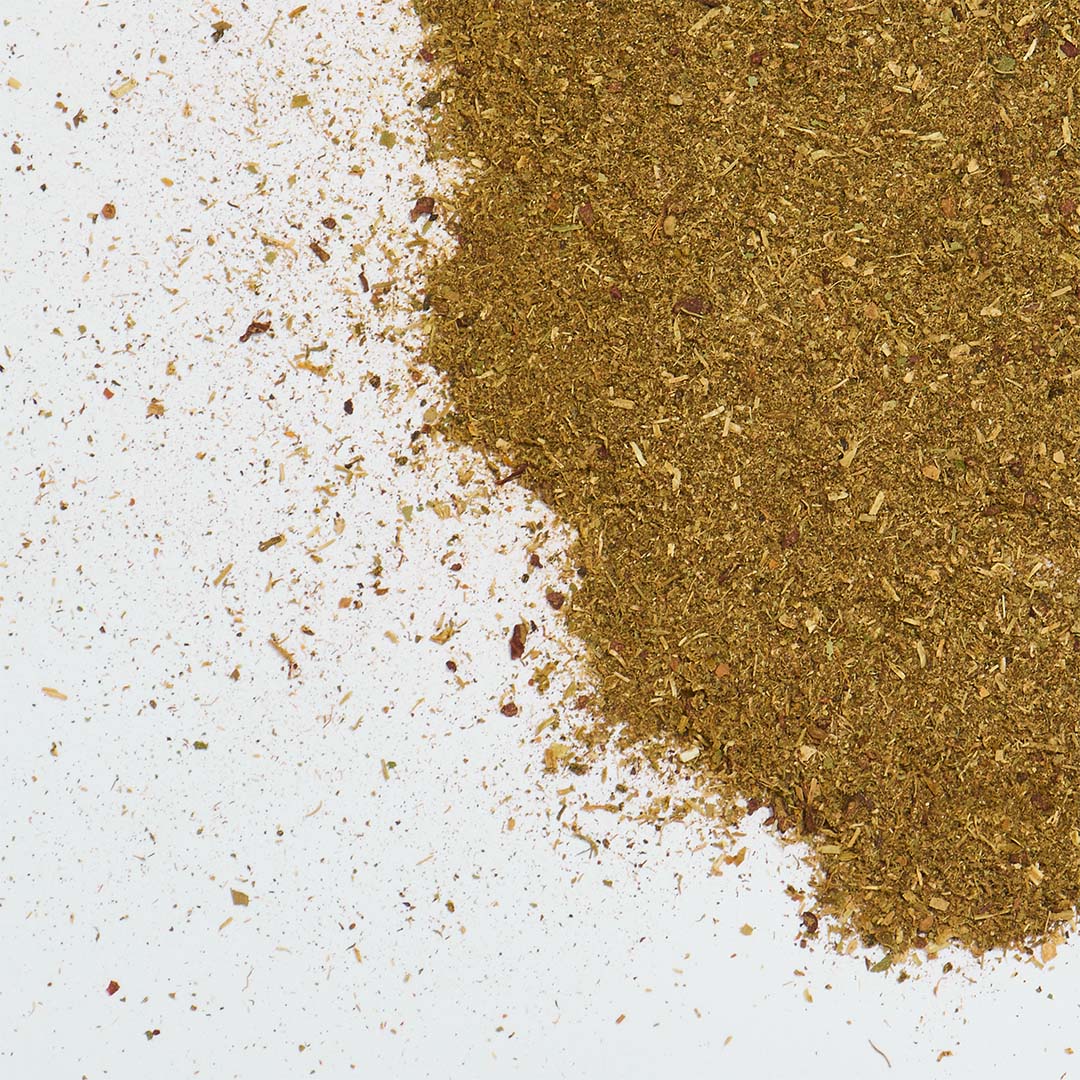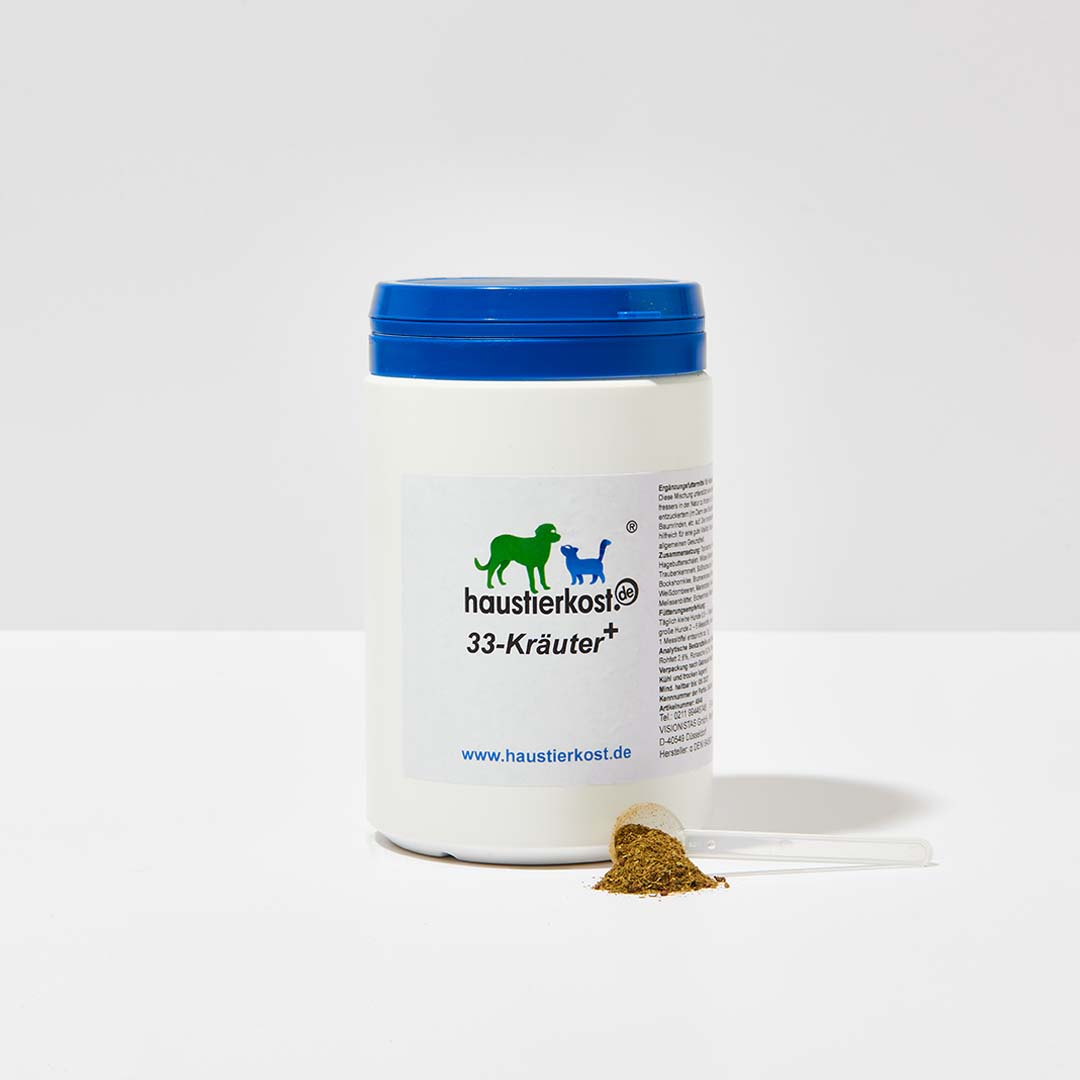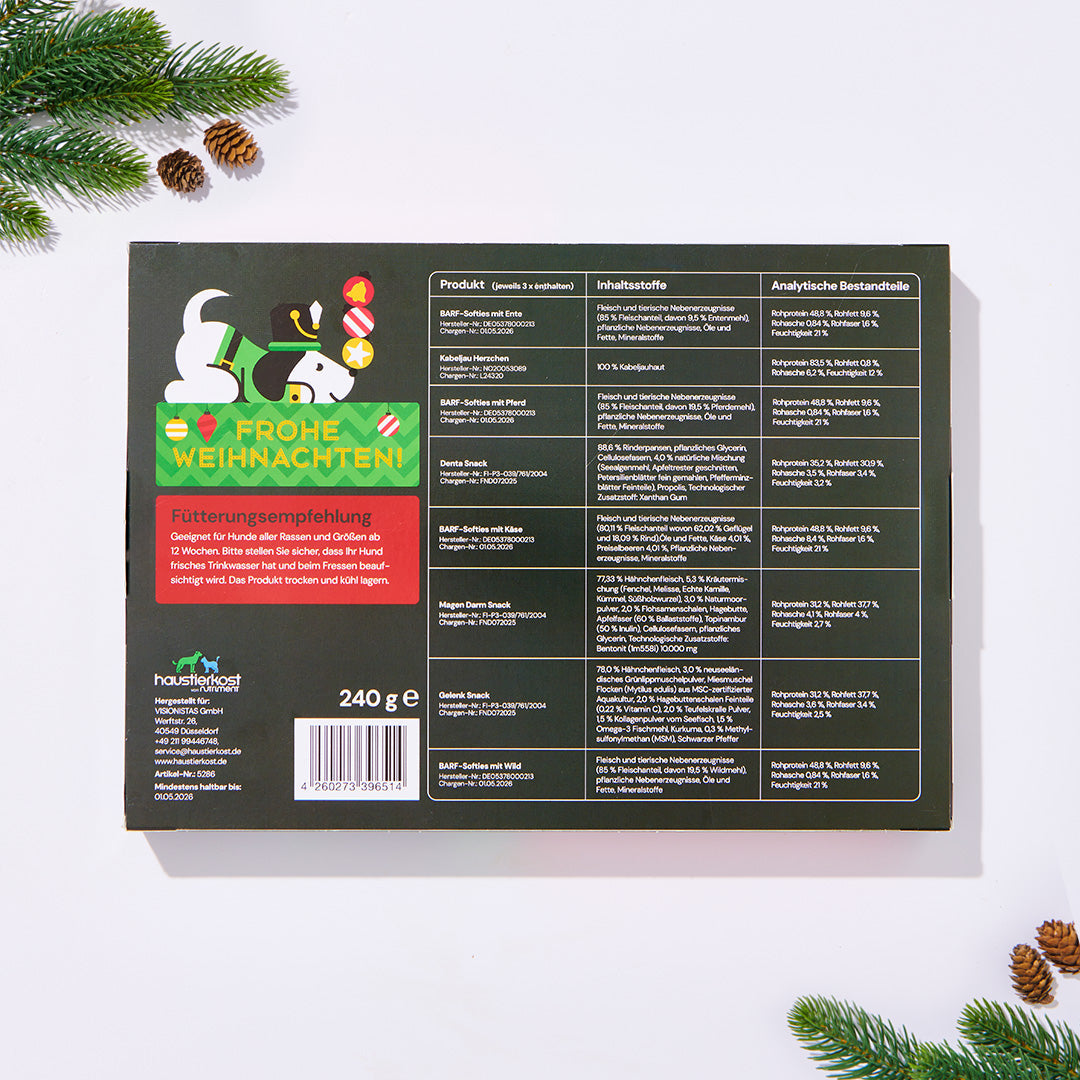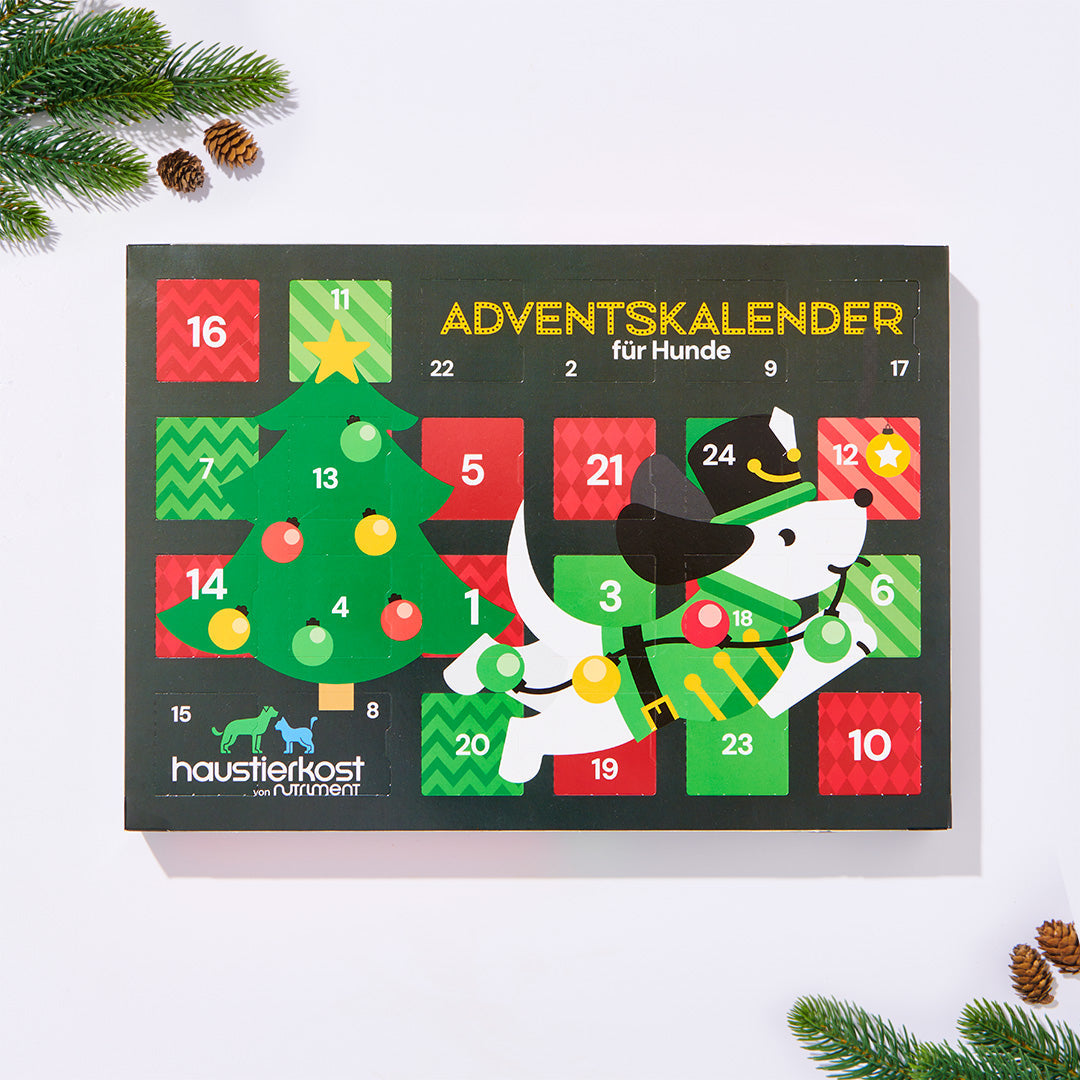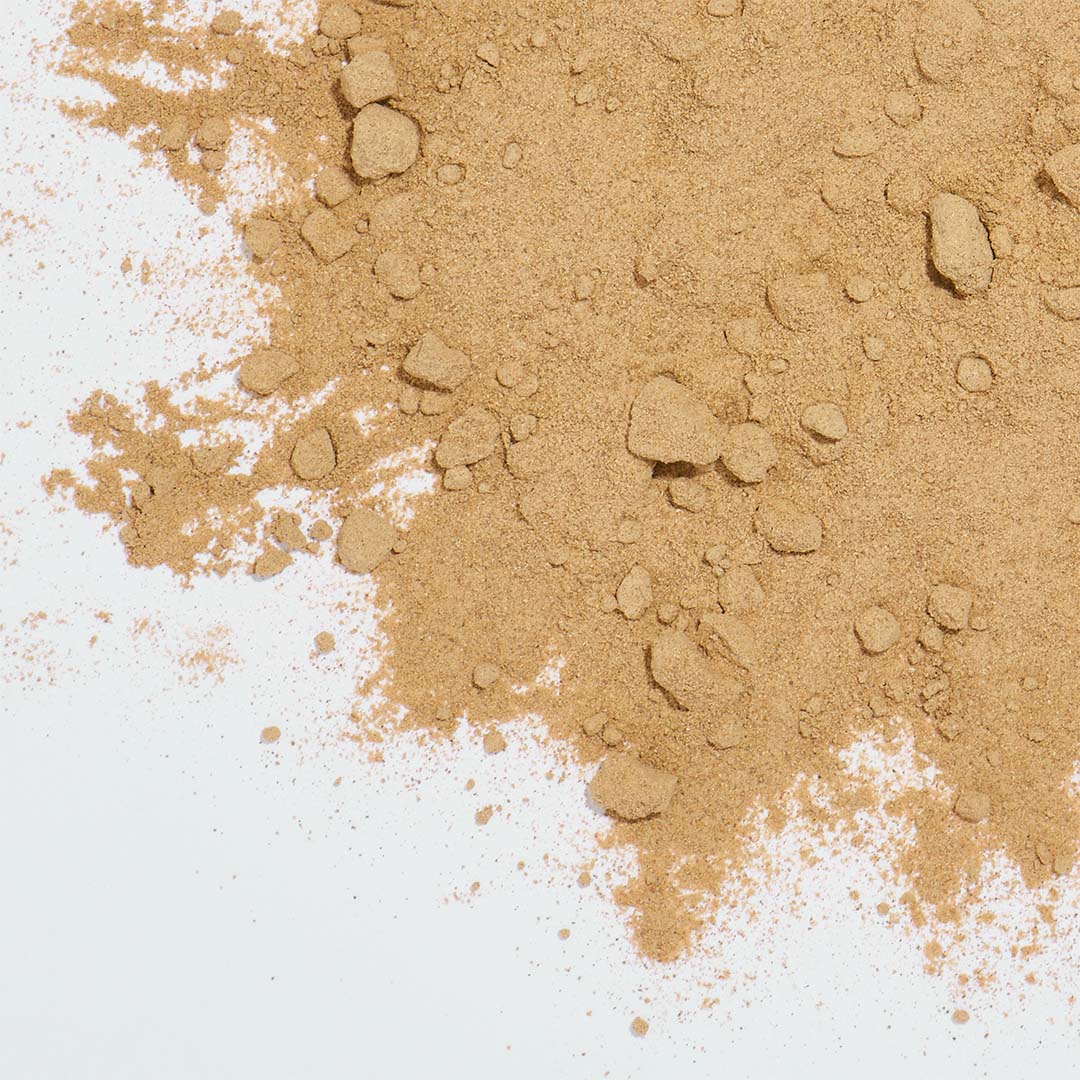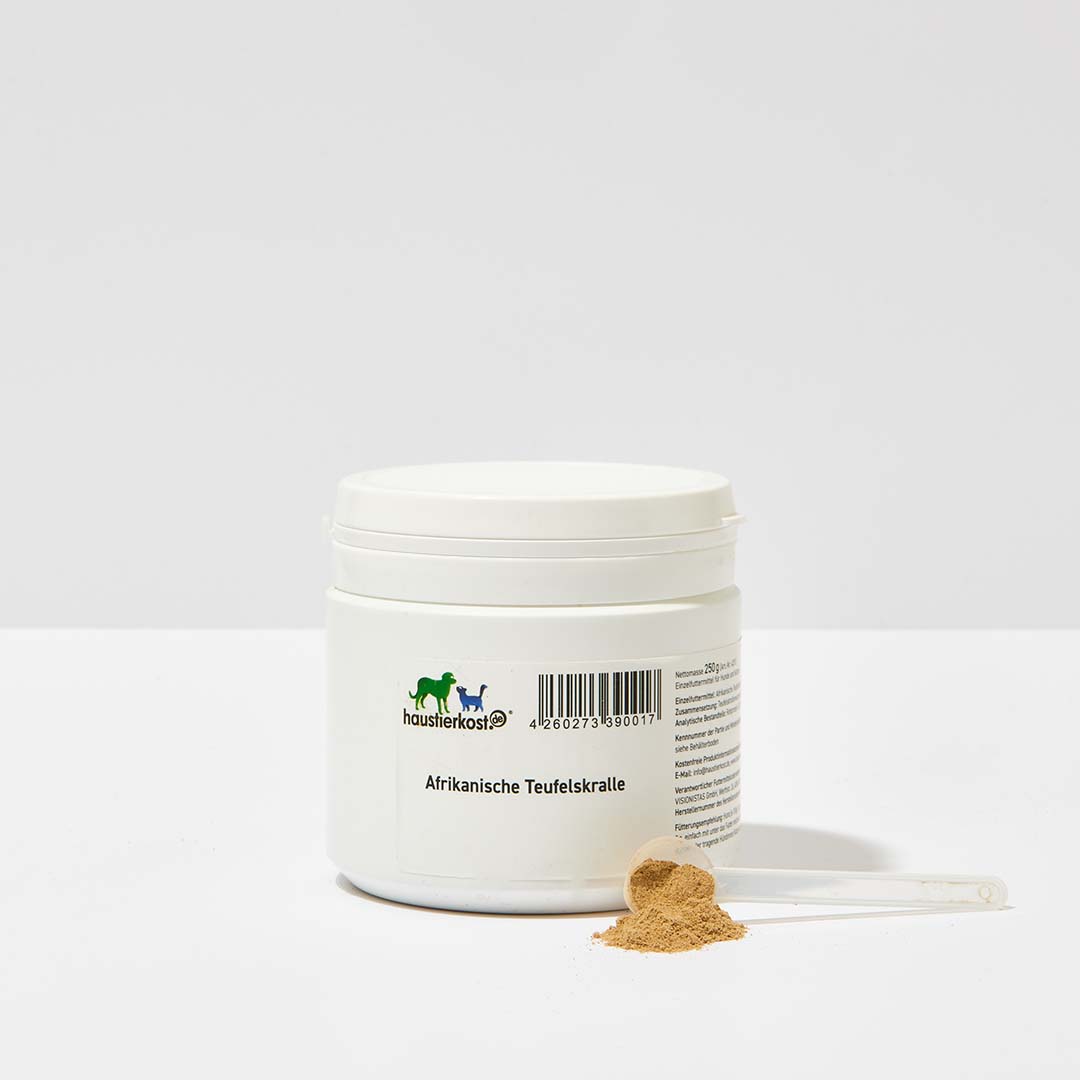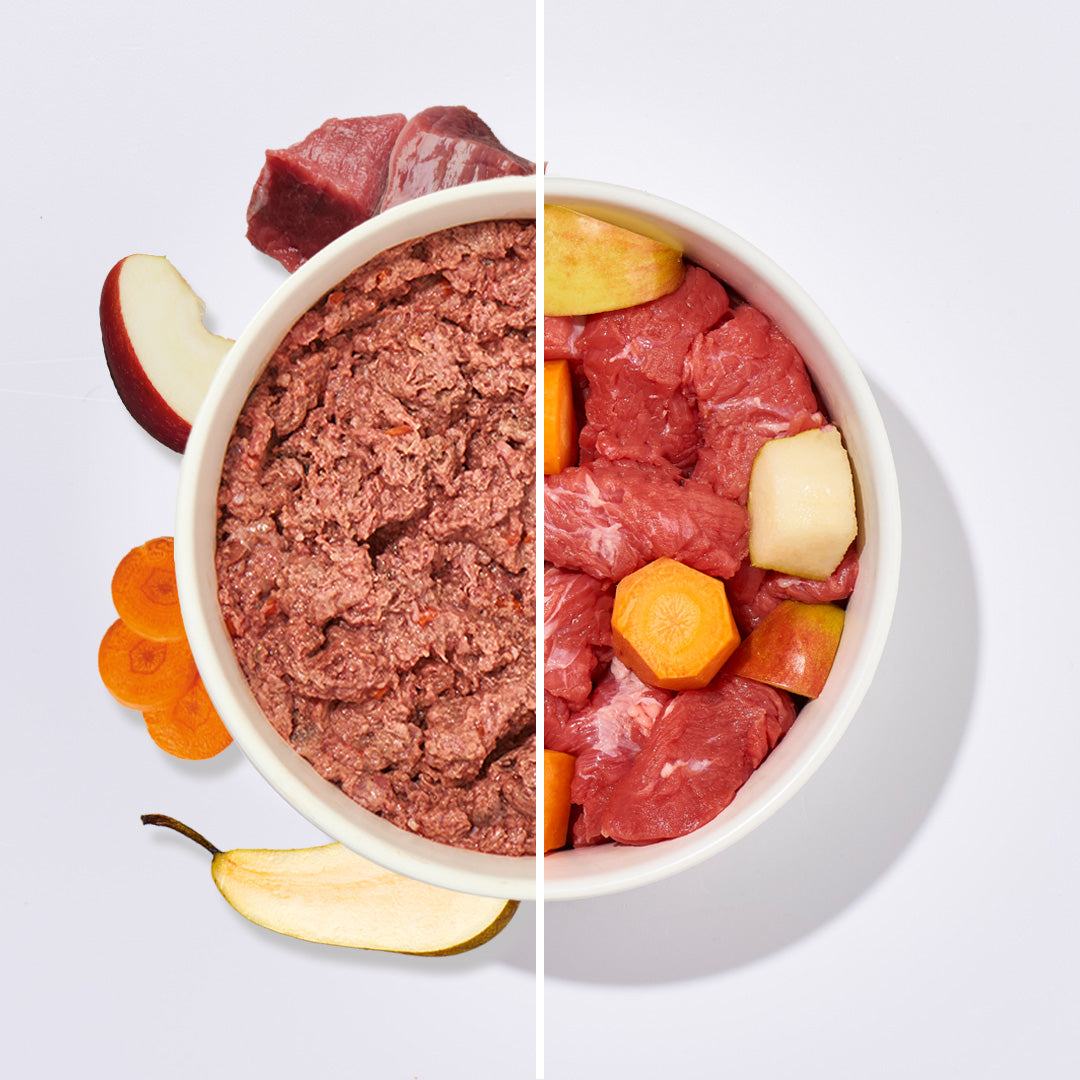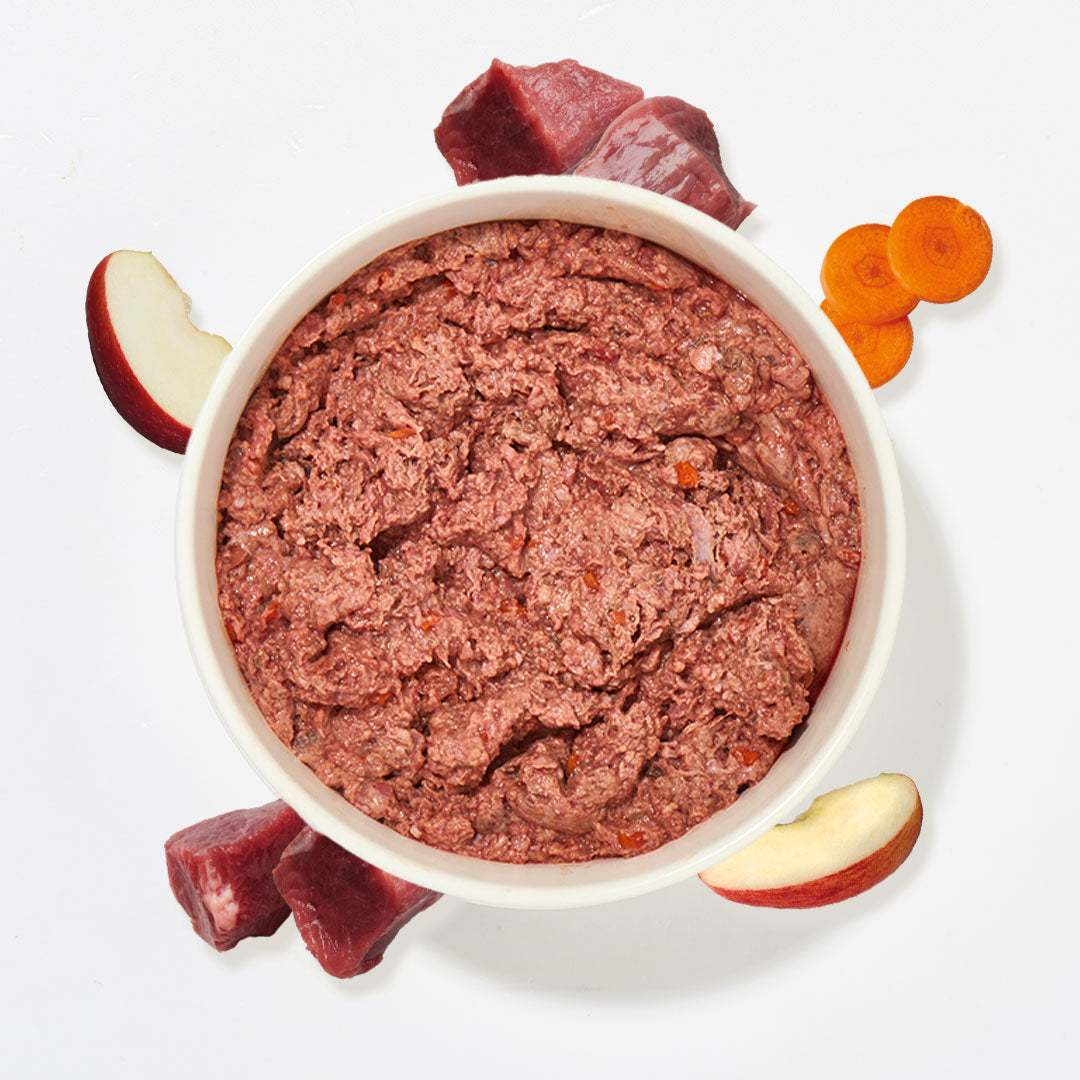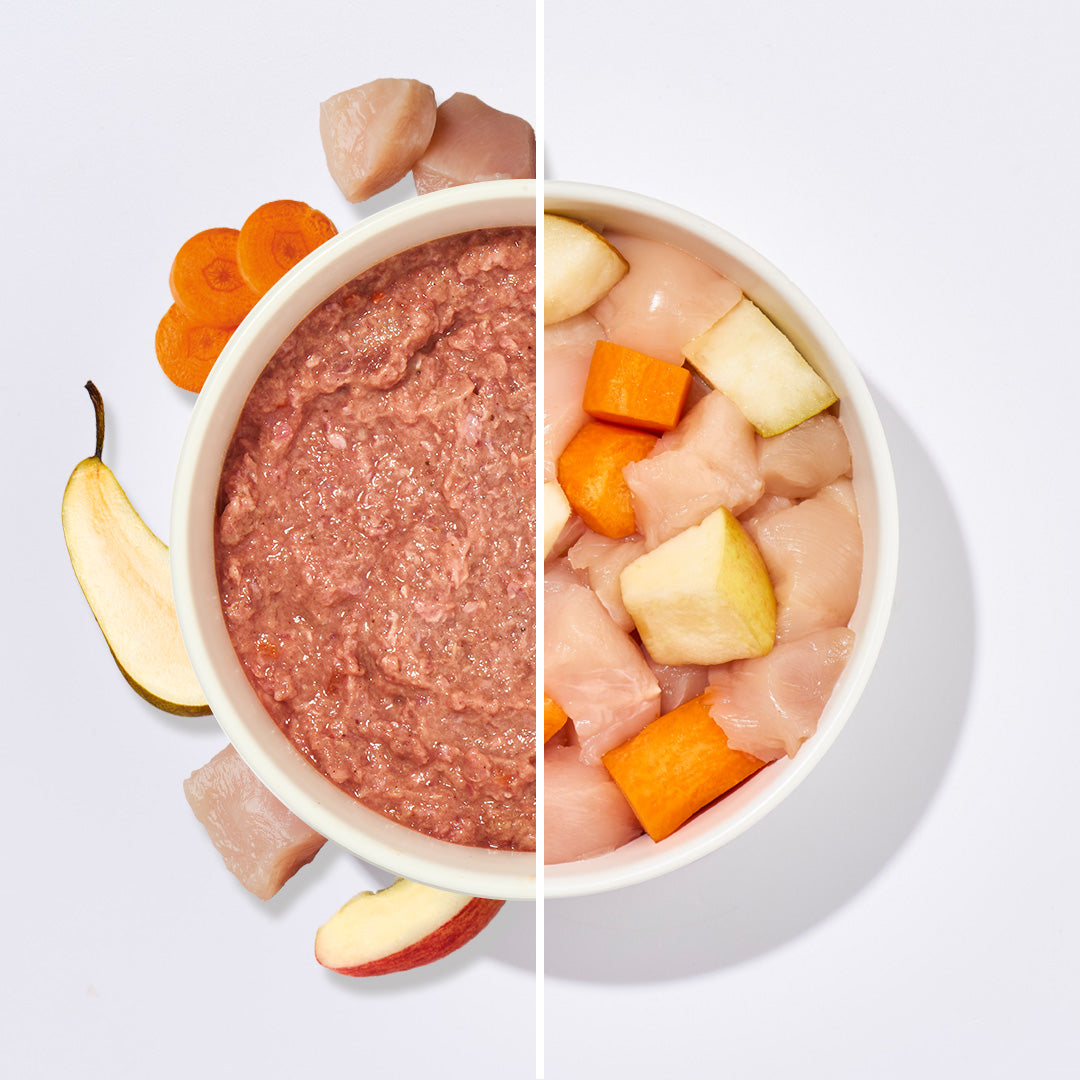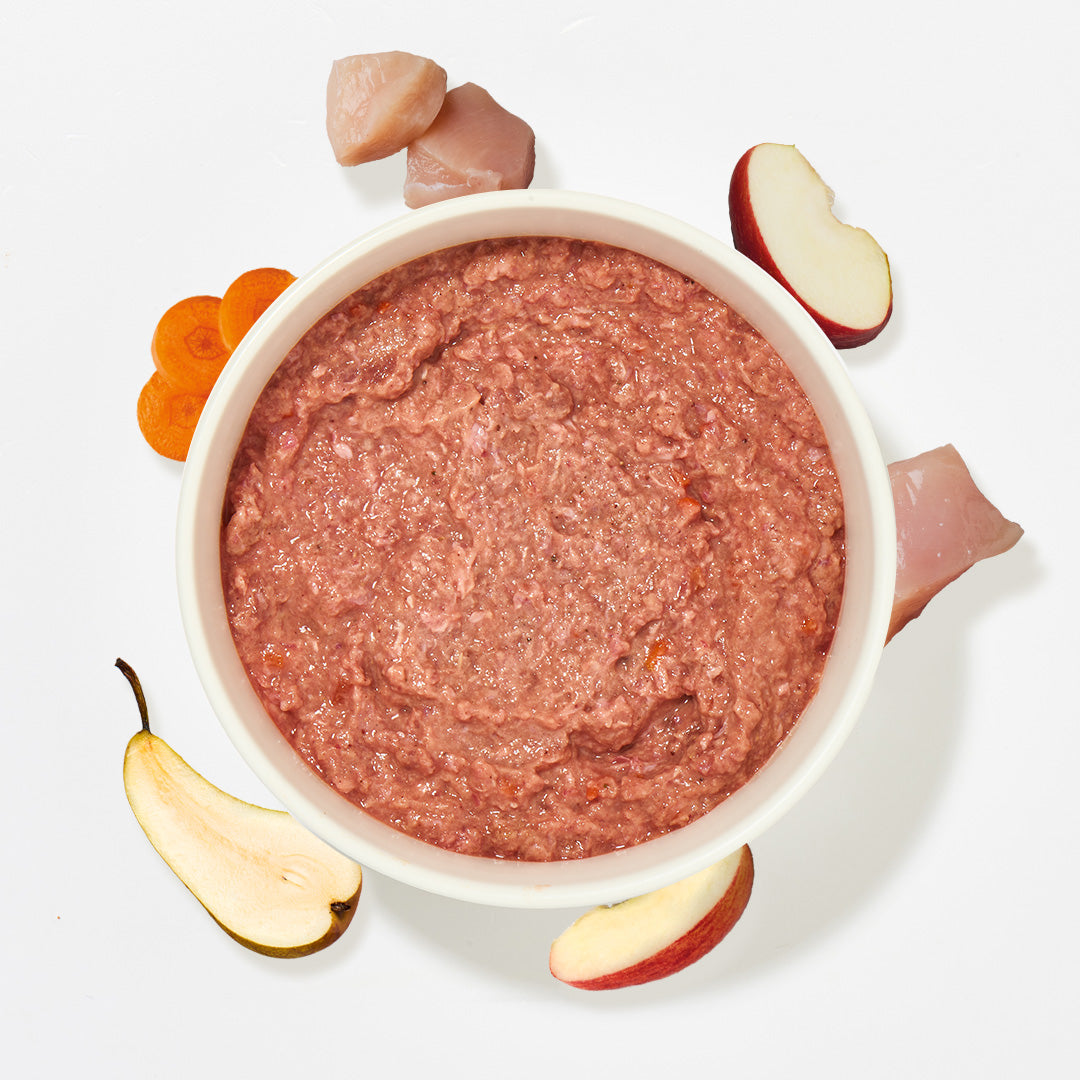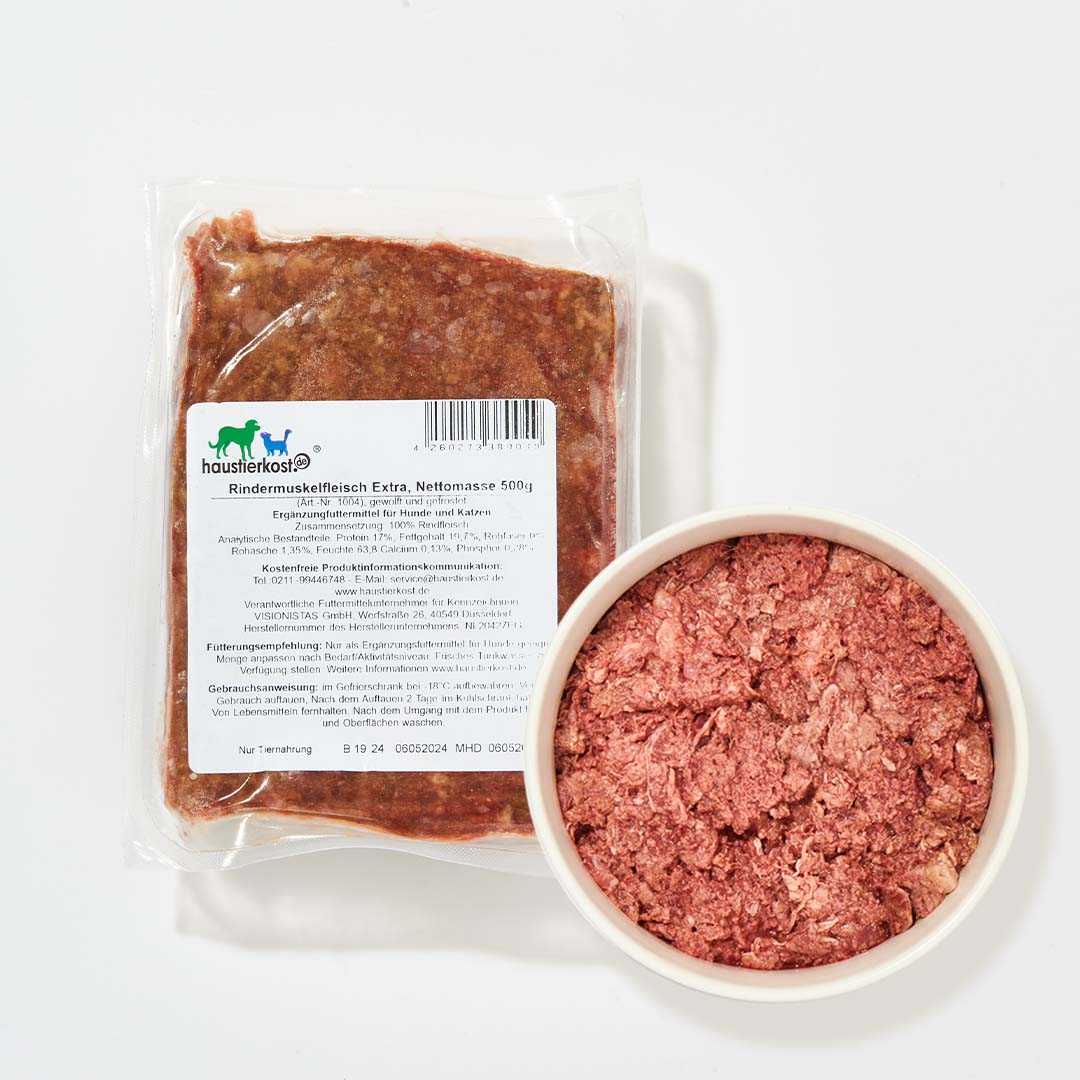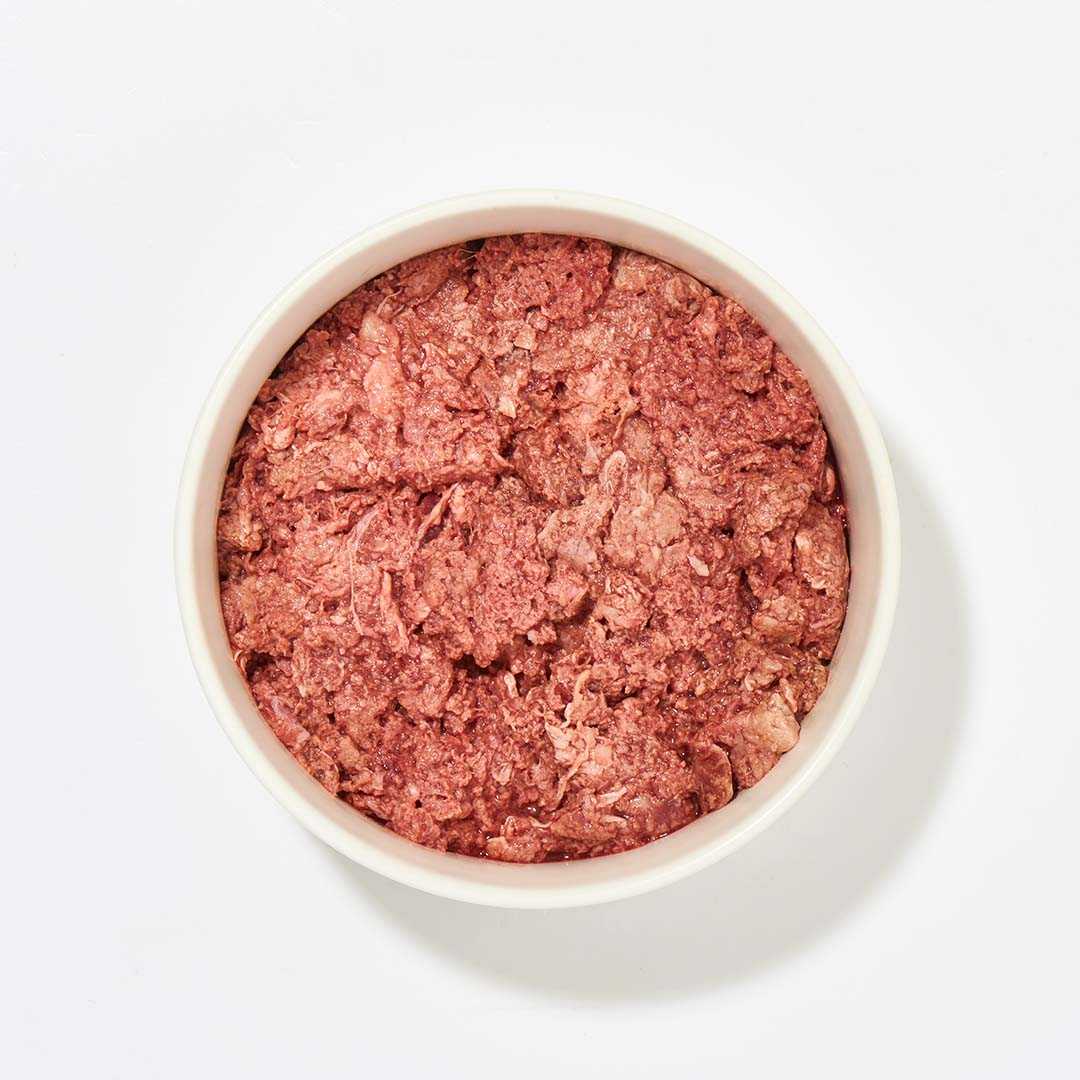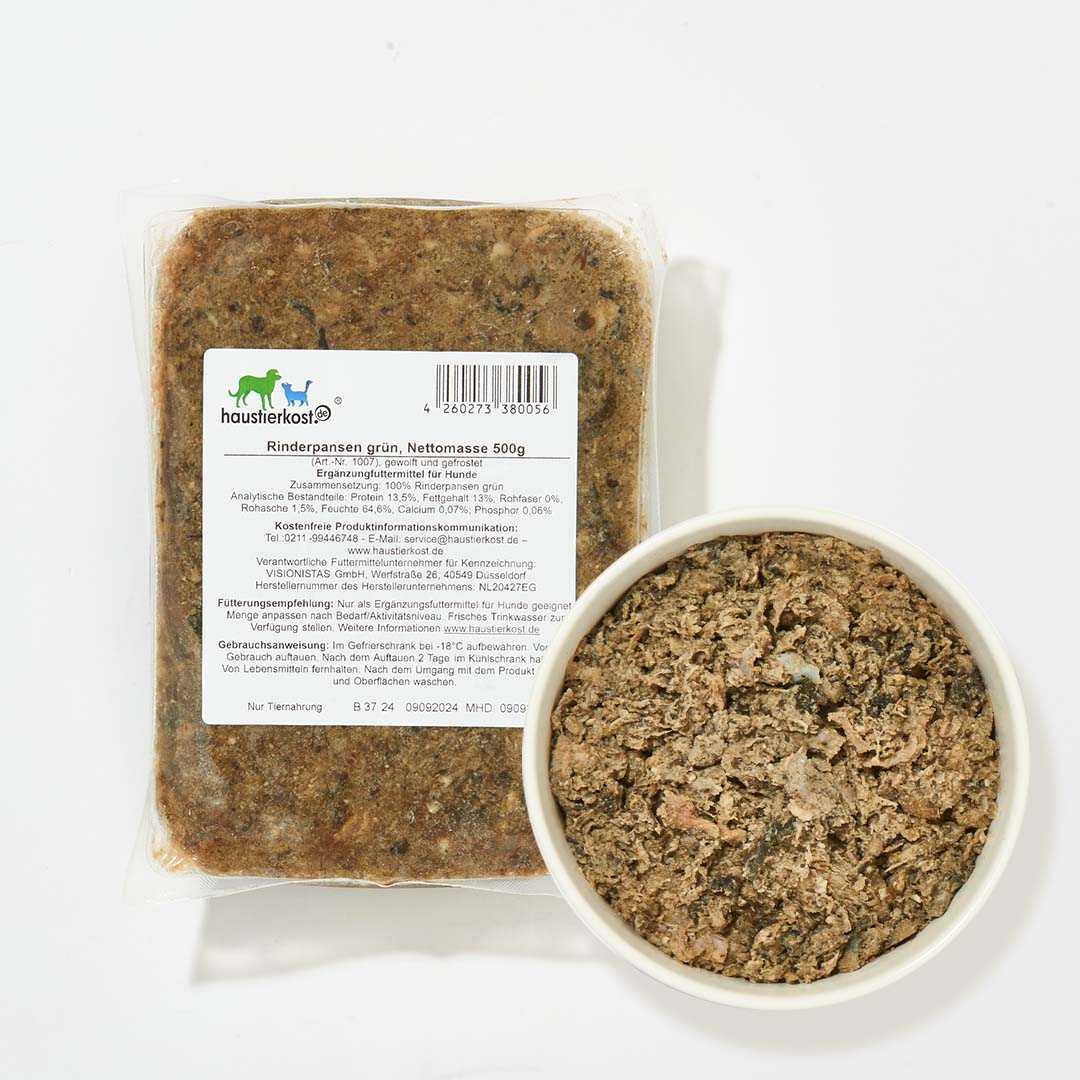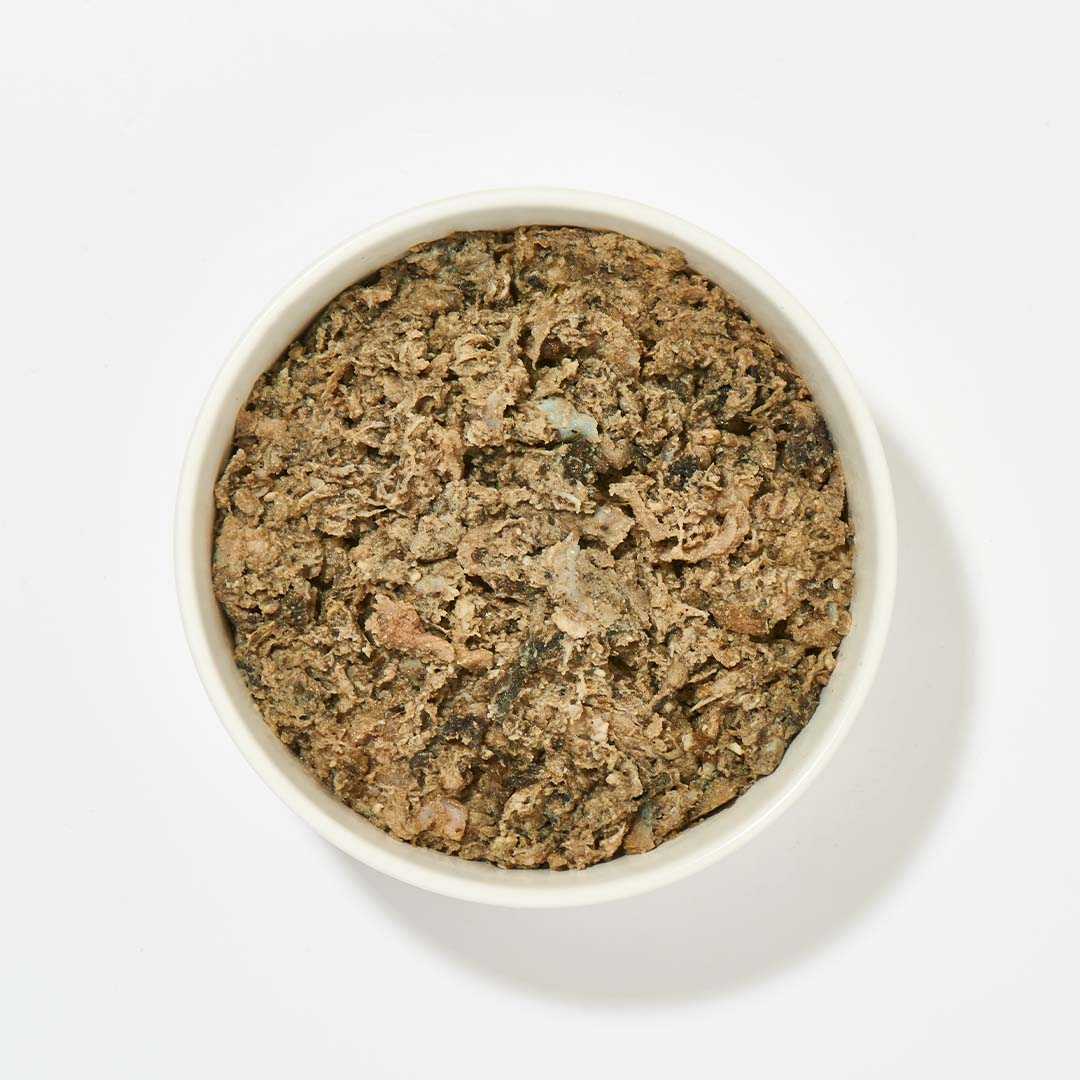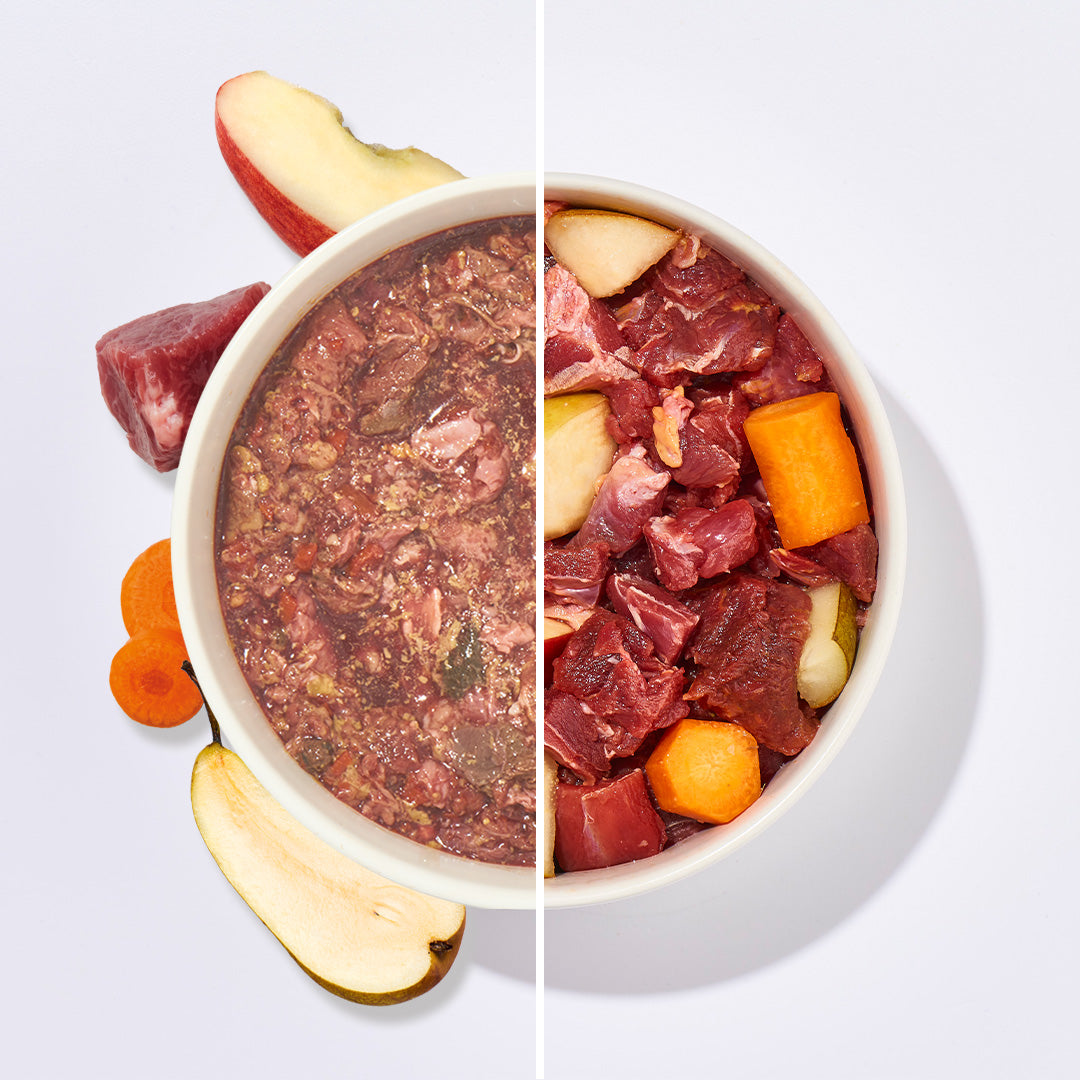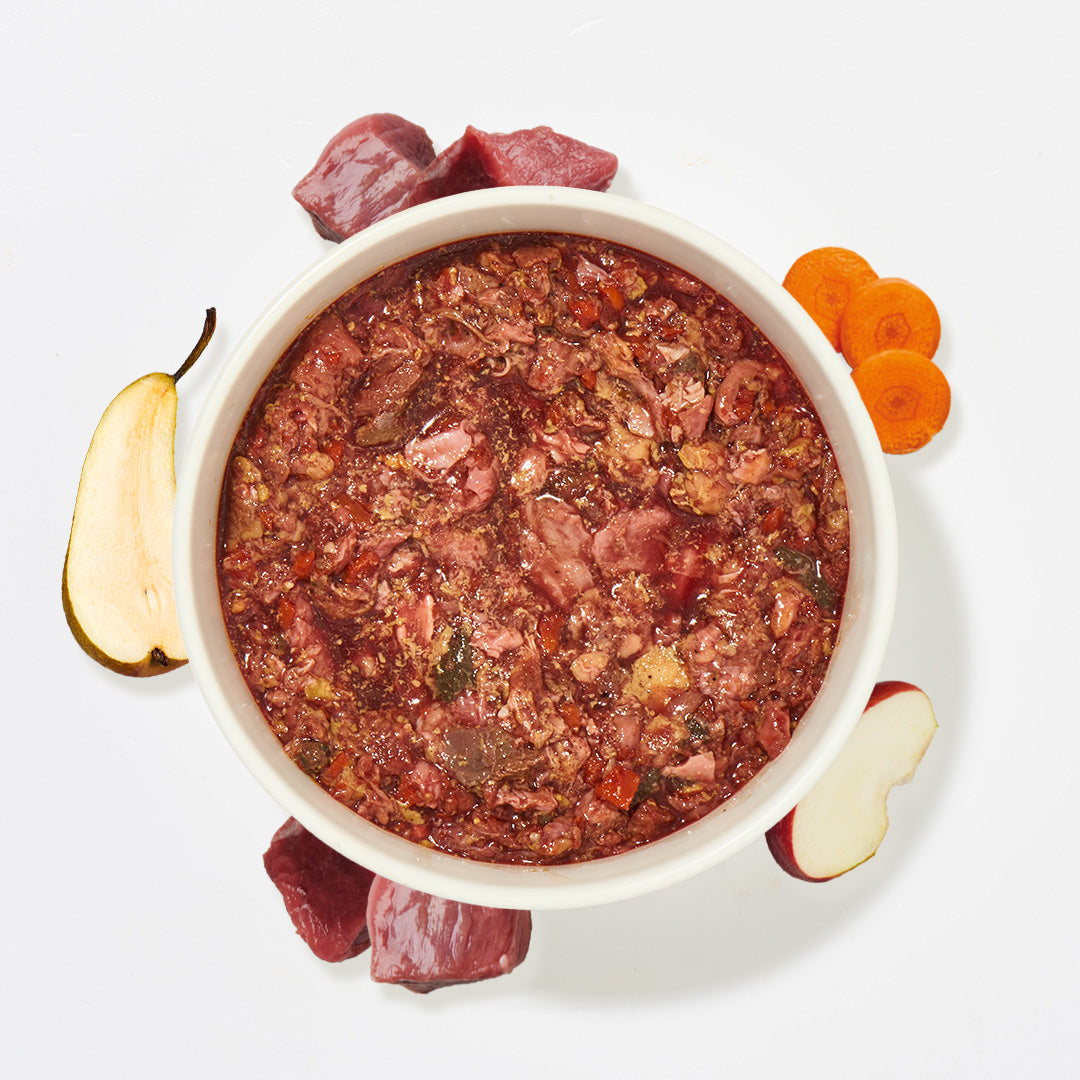If you are properly prepared and informed, caring for your dog after surgery will not be an insurmountable challenge. Please note the following tips to ensure that you can provide your dog with the best possible care after anesthesia and surgery:
- Protect the surgical wound by using a funnel or a surgical bodysuit. Both prevent your dog from licking the wound excessively after the operation, pulling out the stitches on his own and thus increasing the risk of infection.
- After the anesthesia, only offer your dog food and water when he is completely awake. Start with small sips of water. As soon as your dog can drink without any problems, think about the first portion of food after the operation. This should be small and easy to digest.
Further tips on caring for your dog after surgery and anesthesia can be found below.
First point of contact: the veterinary staff
Your veterinary practice will send you and your dog home after the operation with medication, information, tips and an appointment for your dog's post-operative care. Rest assured - your dog will only be released into your care after the operation when he is awake, responsive and can move around safely without assistance (exception: surgery on the musculoskeletal system). If your dog has any problems at home after the operation and anesthesia, please contact your veterinarian immediately. He will certainly have given you an emergency number.
Your dog’s post-operative care – what you should think about
Regardless of the information you receive from the veterinarian, you should be prepared to care for your dog at home after surgery. Here are a few tips for post-surgery care for your dog at home:
- After the anesthesia, prepare a cozy and quiet place for your dog to sleep. After the operation, he may still be too unsteady on his feet to jump onto the sofa, or he may not be allowed to do so due to the diagnosis.
- Be sure to stay within sight or at least hearing distance. Your dog may still be a little disoriented and therefore restless after the anesthesia - you or a trusted family member should stay with him to convey calm and security.
- After the operation, you should put your dog on a leash for the first walks or even just the first pee-out in the garden. This not only gives him a sense of security, but also ensures that he can find his way back to his sick bed unharmed. The vet usually decides how long this is necessary.
- Check the surgical wound during your dog's daily post-operative care. It should look dry and free of irritation. A little bleeding is normal - please don't worry. If the dog's wound looks different after the operation, if the edges of the wound are swollen, red and clearly warm, you should inform your veterinarian as soon as possible.
- Administer the prescribed medication as your veterinarian has told you. Regular and reliable medication administration is a crucial factor in the post-operative care of your dog. Please check the package insert or ask your veterinarian whether the prescribed medication should be administered on an empty stomach or after feeding the dog after surgery.
The right food for the dog after surgery
As mentioned above, the dog should be given small portions of food after anesthesia. These should be easily digestible so that they do not place additional strain on the body.
BARF is basically a great solution for feeding your dog after surgery without putting too much strain on the body. Dogs that require a special diet afterwards are also optimally cared for with BARF, as you as the owner always know exactly what is going into the bowl and therefore into the dog. With the help of the BARF feeding plan, you can get an overview of what your dog needs in order to then cover your dog's personal needs after surgery with the help of oils, herbs and food supplements. If your dog was not fed BARF before the anesthesia, you should start changing the diet some time beforehand in consultation with your vet.
Easily digestible BARF would be, for example, lean chicken or fish, combined with an easily digestible fruit and vegetable mixture. During the post-operative period, three to five meals a day are advisable for the dog.
